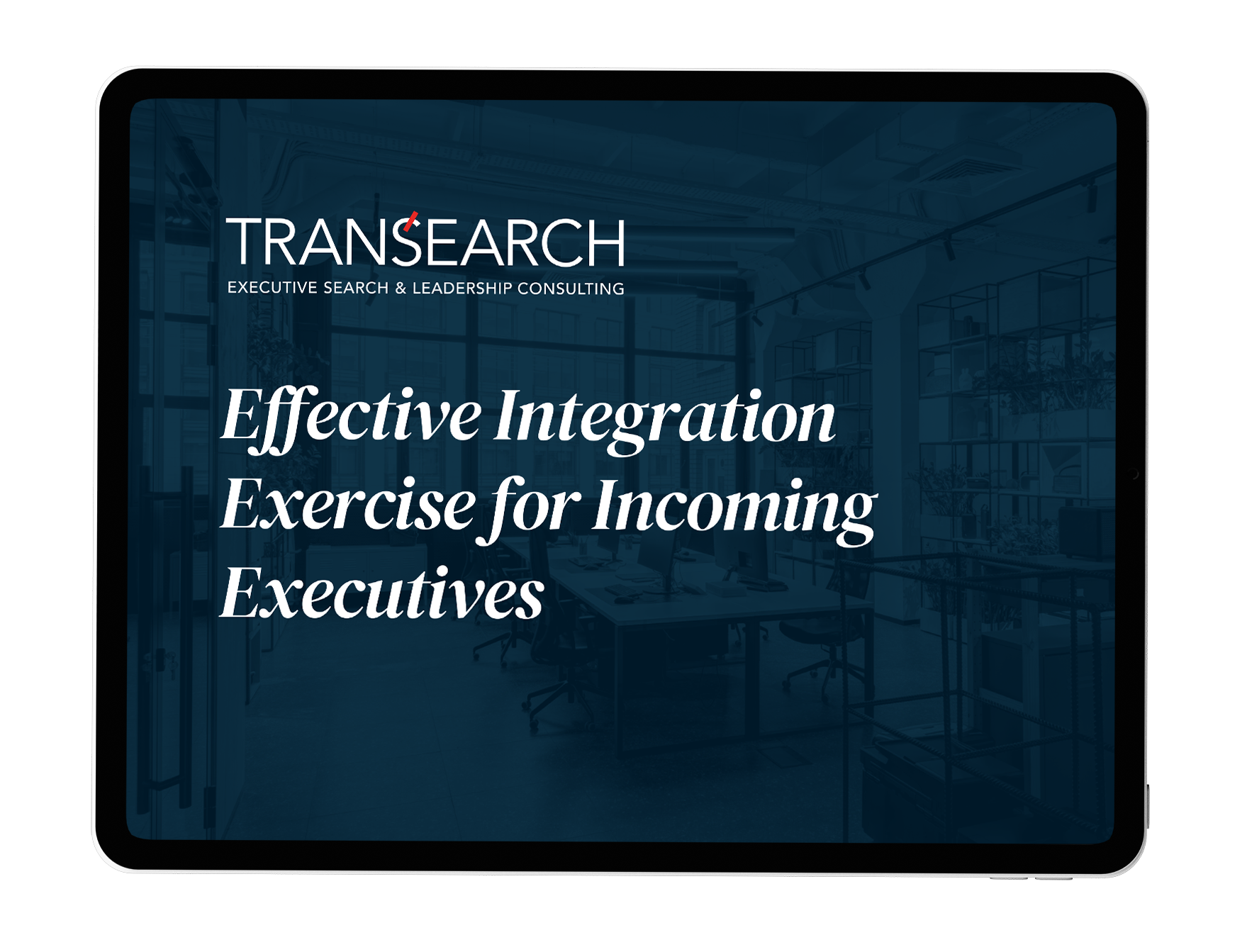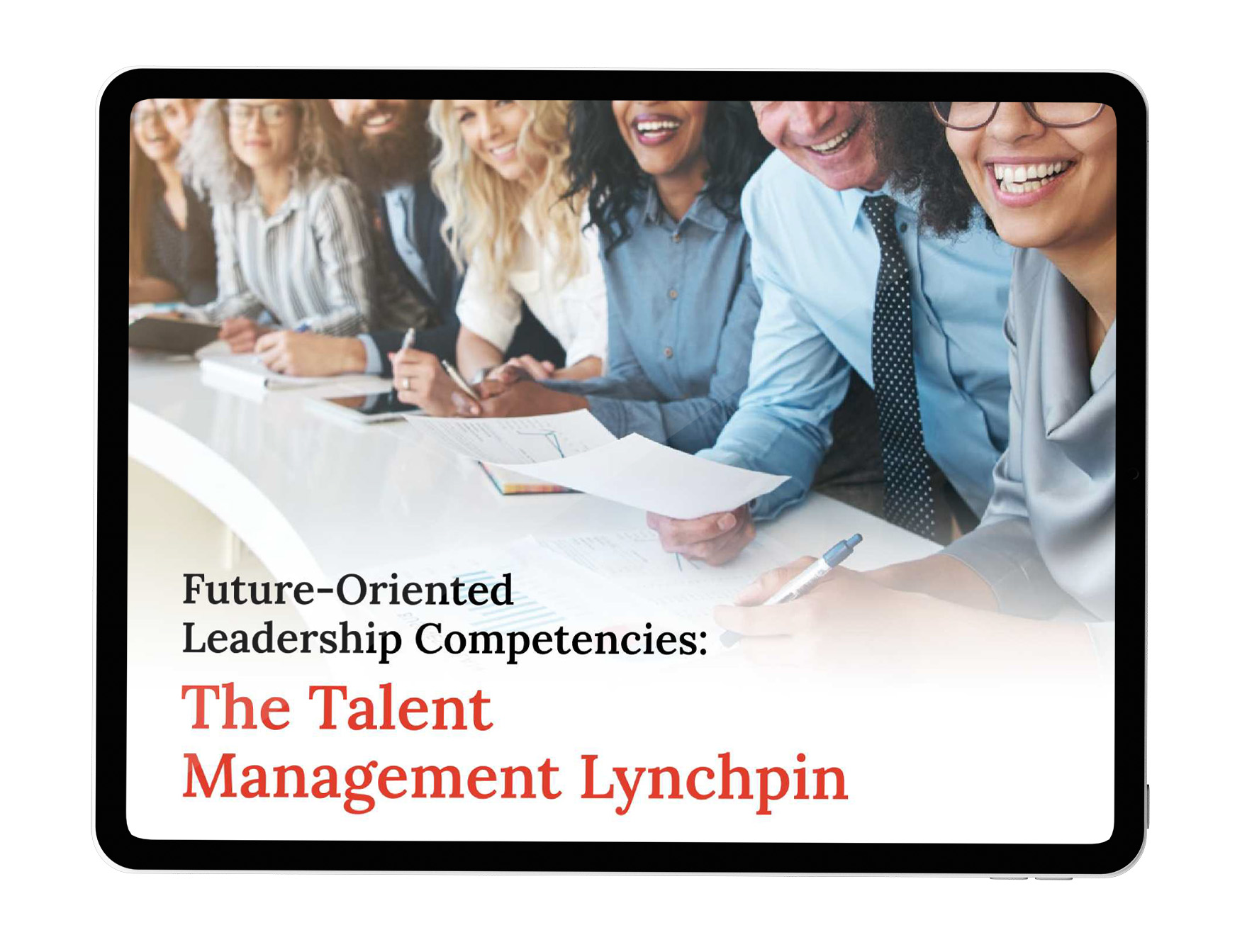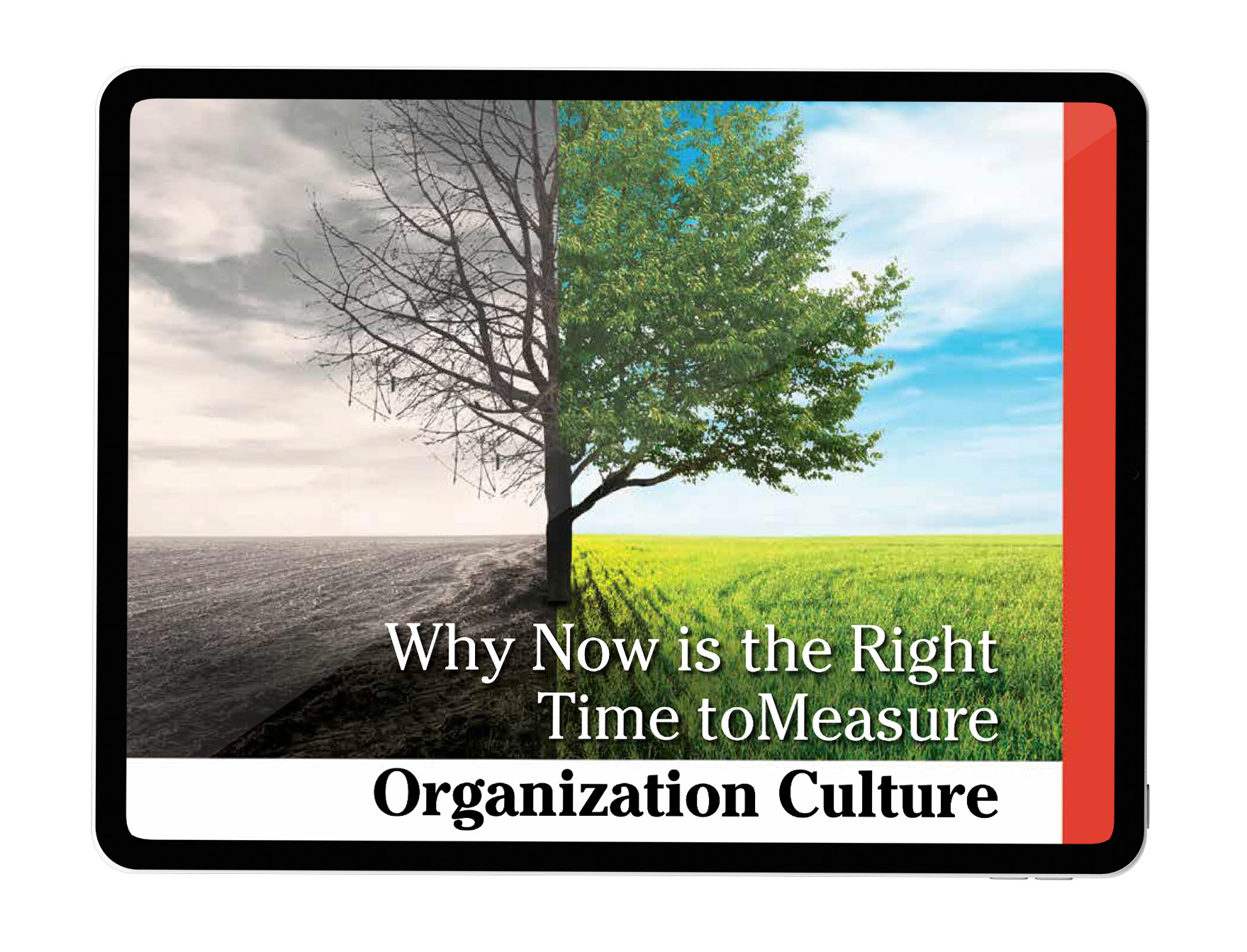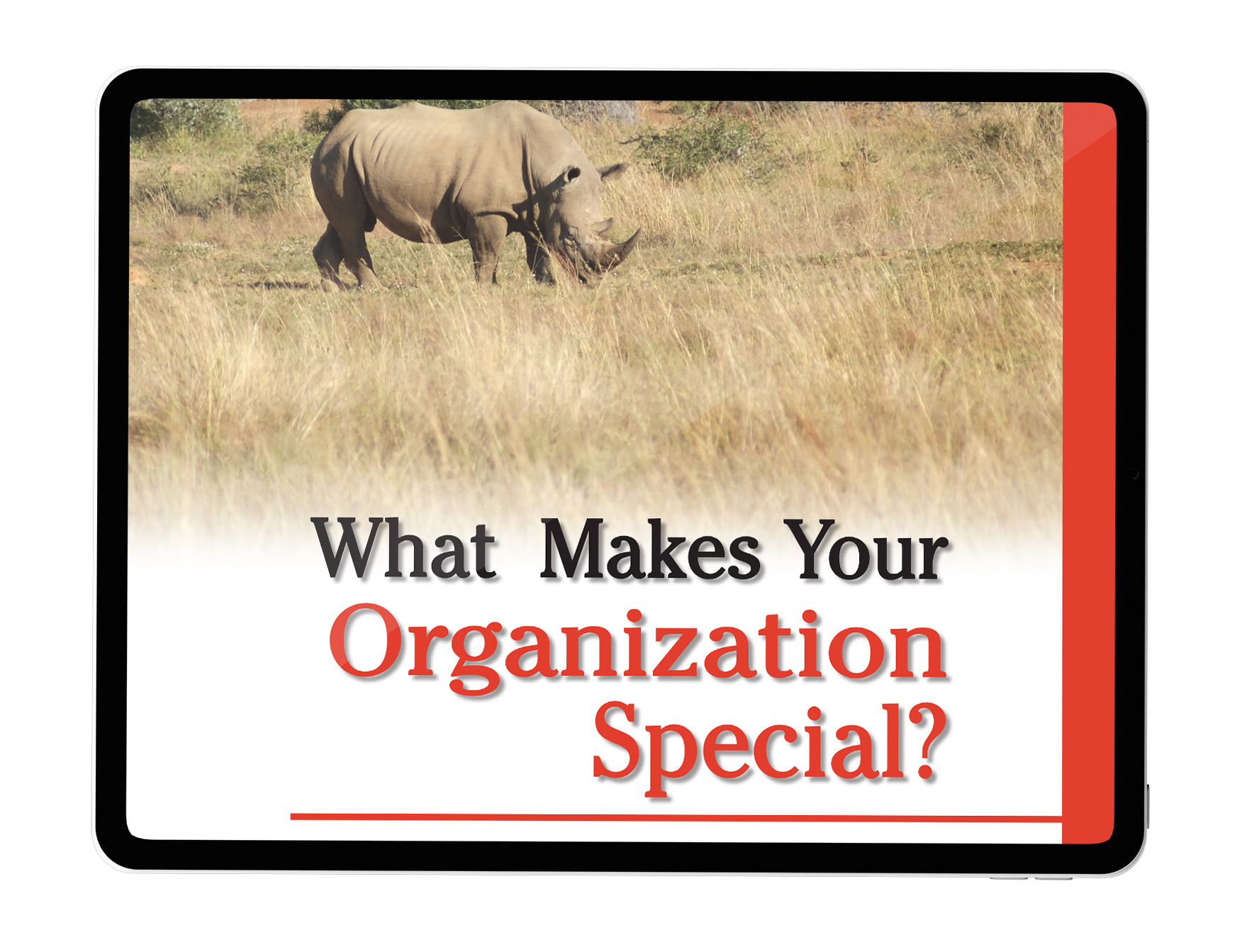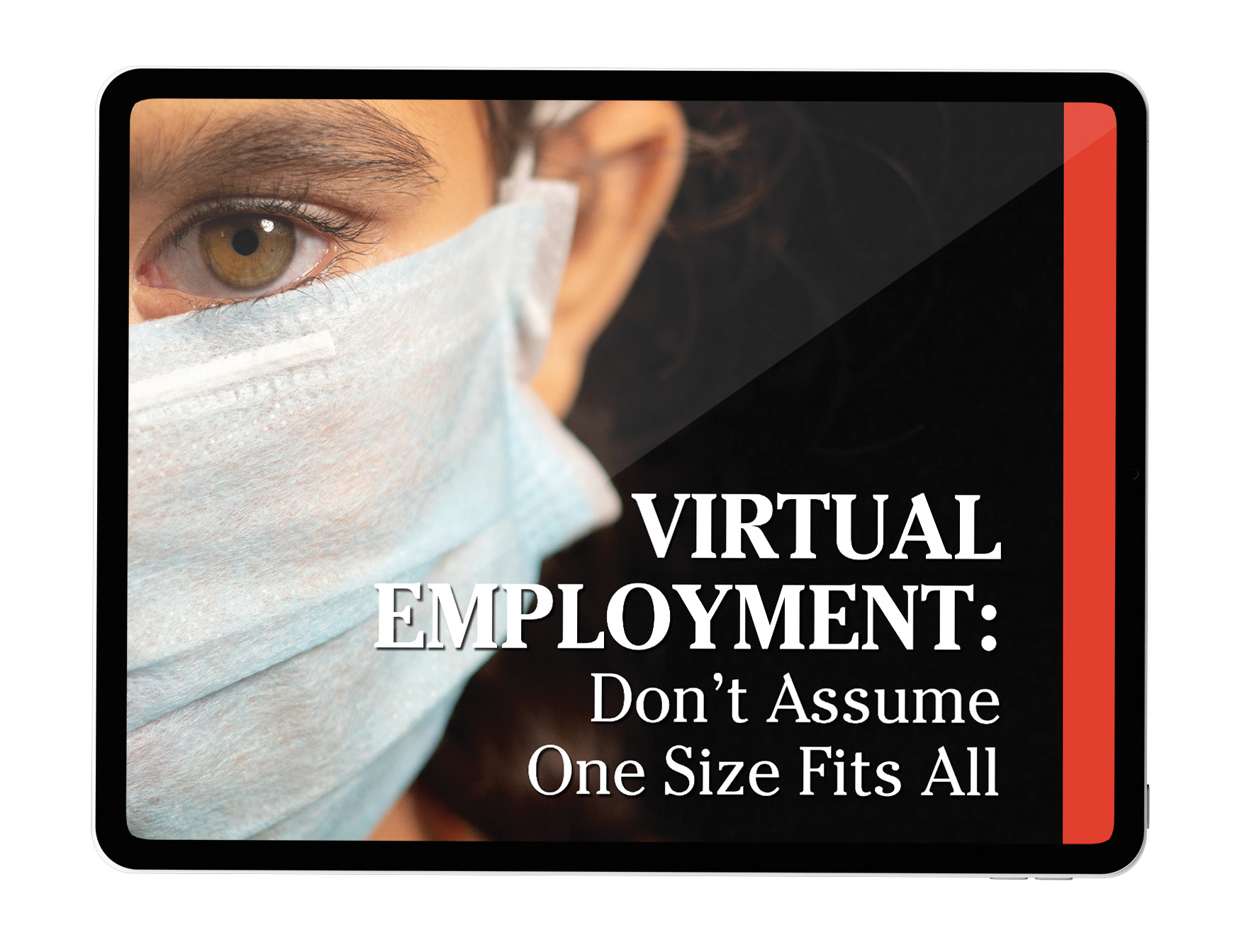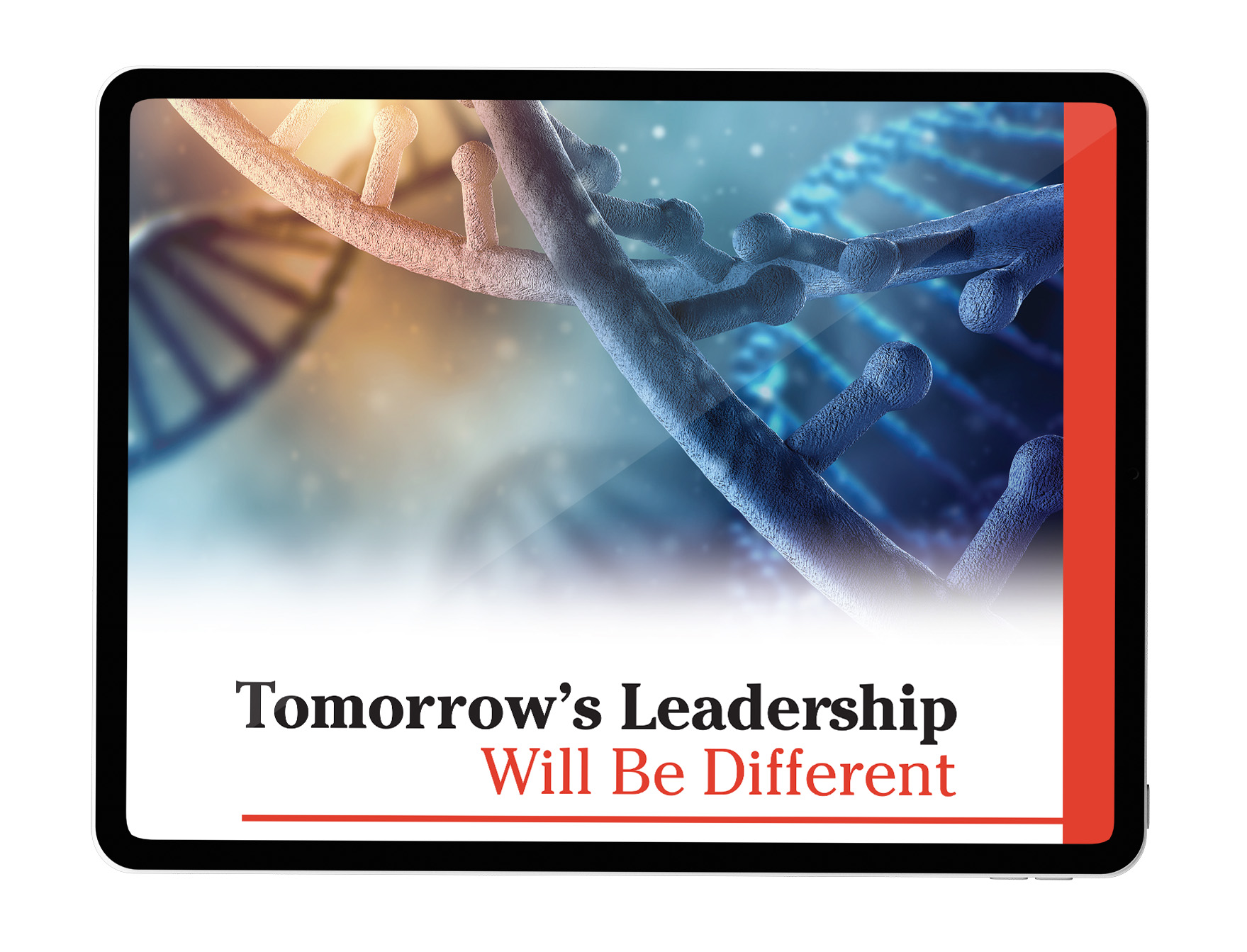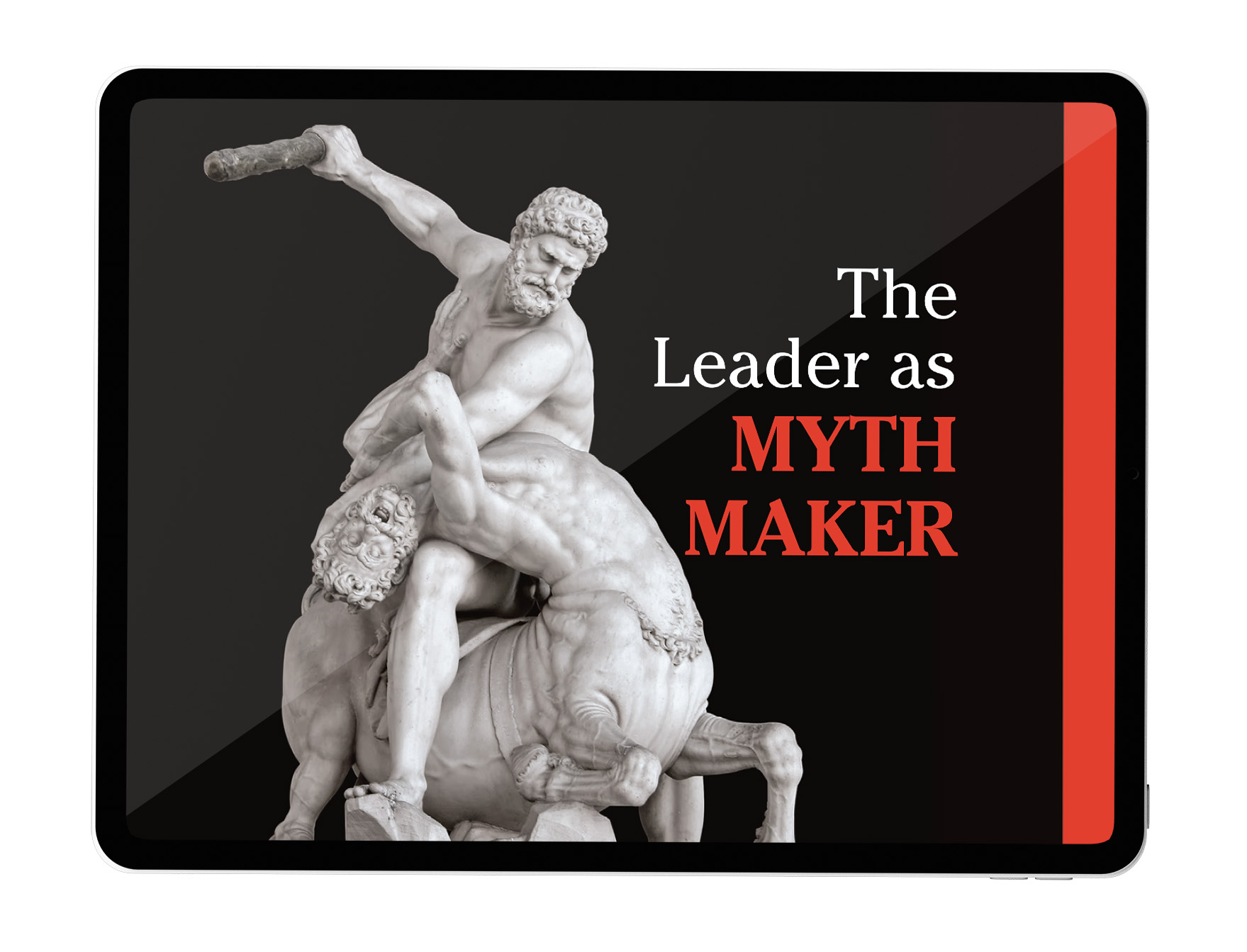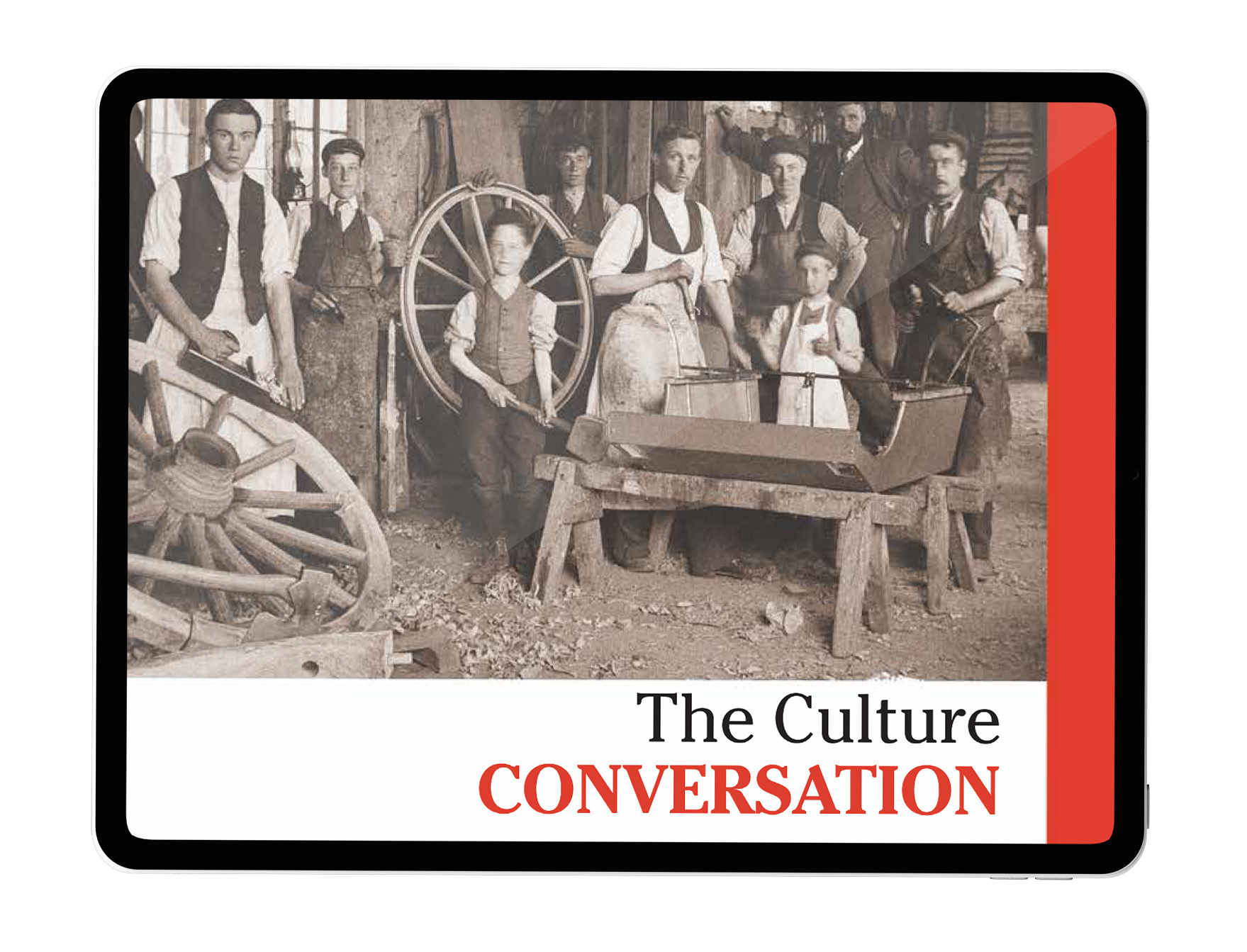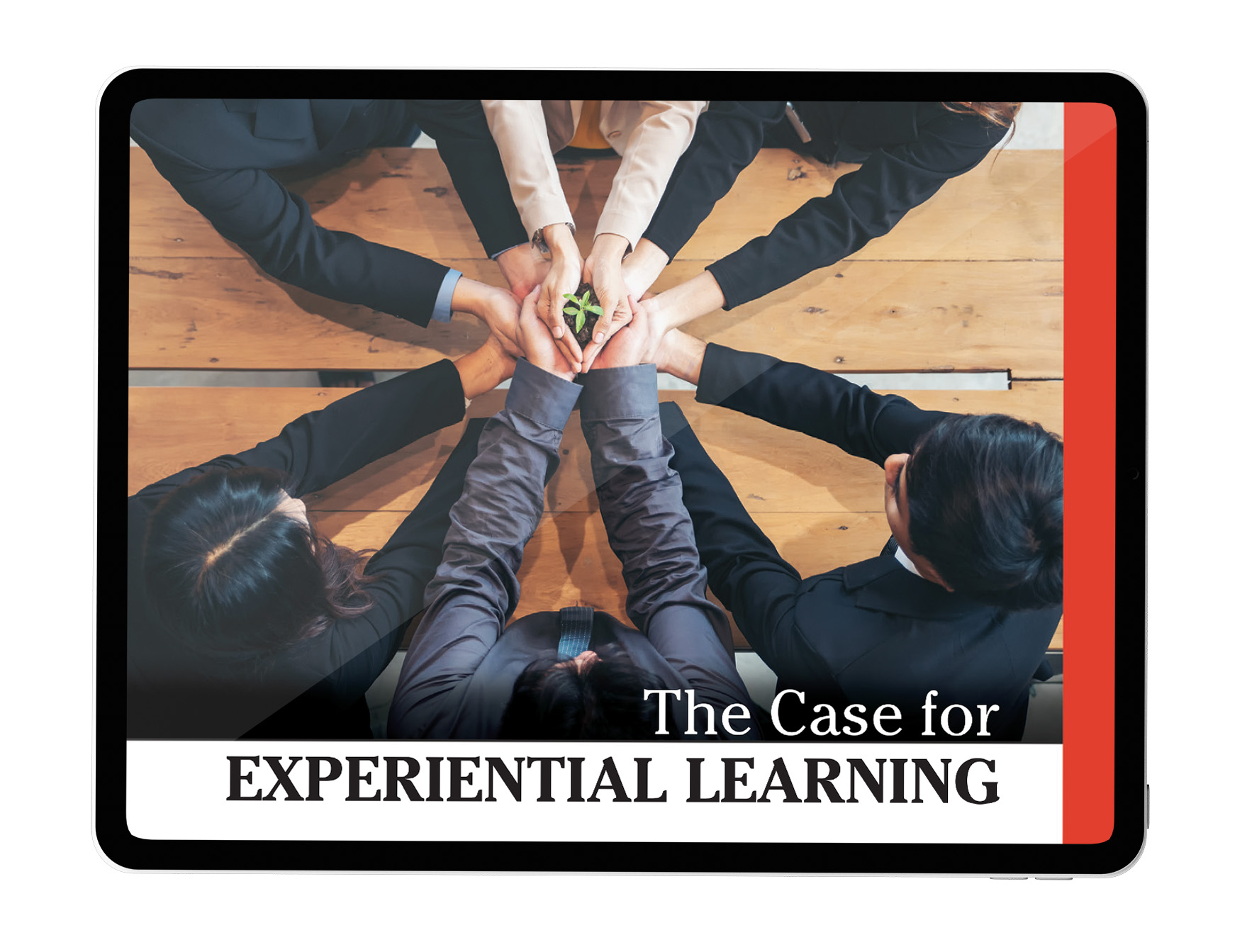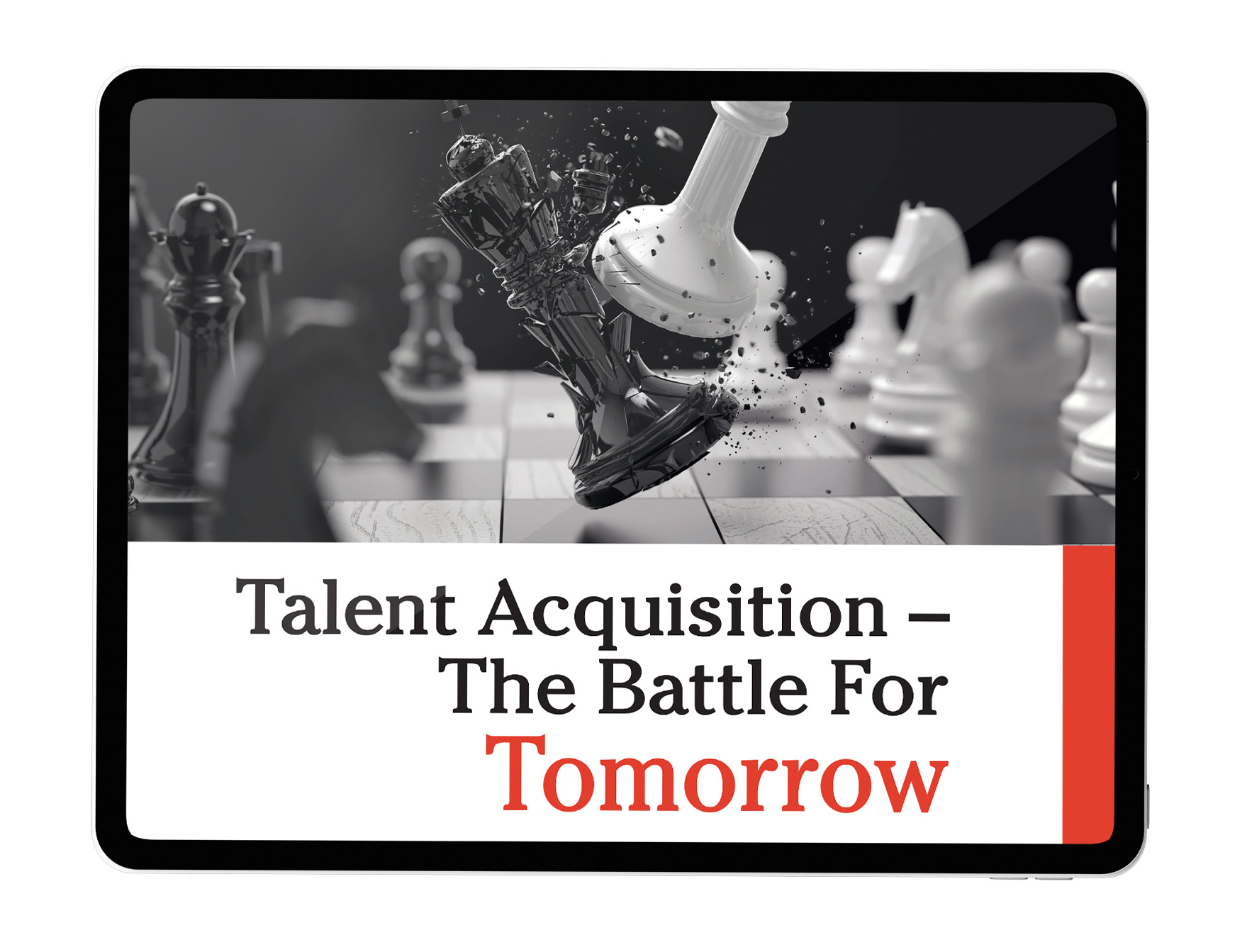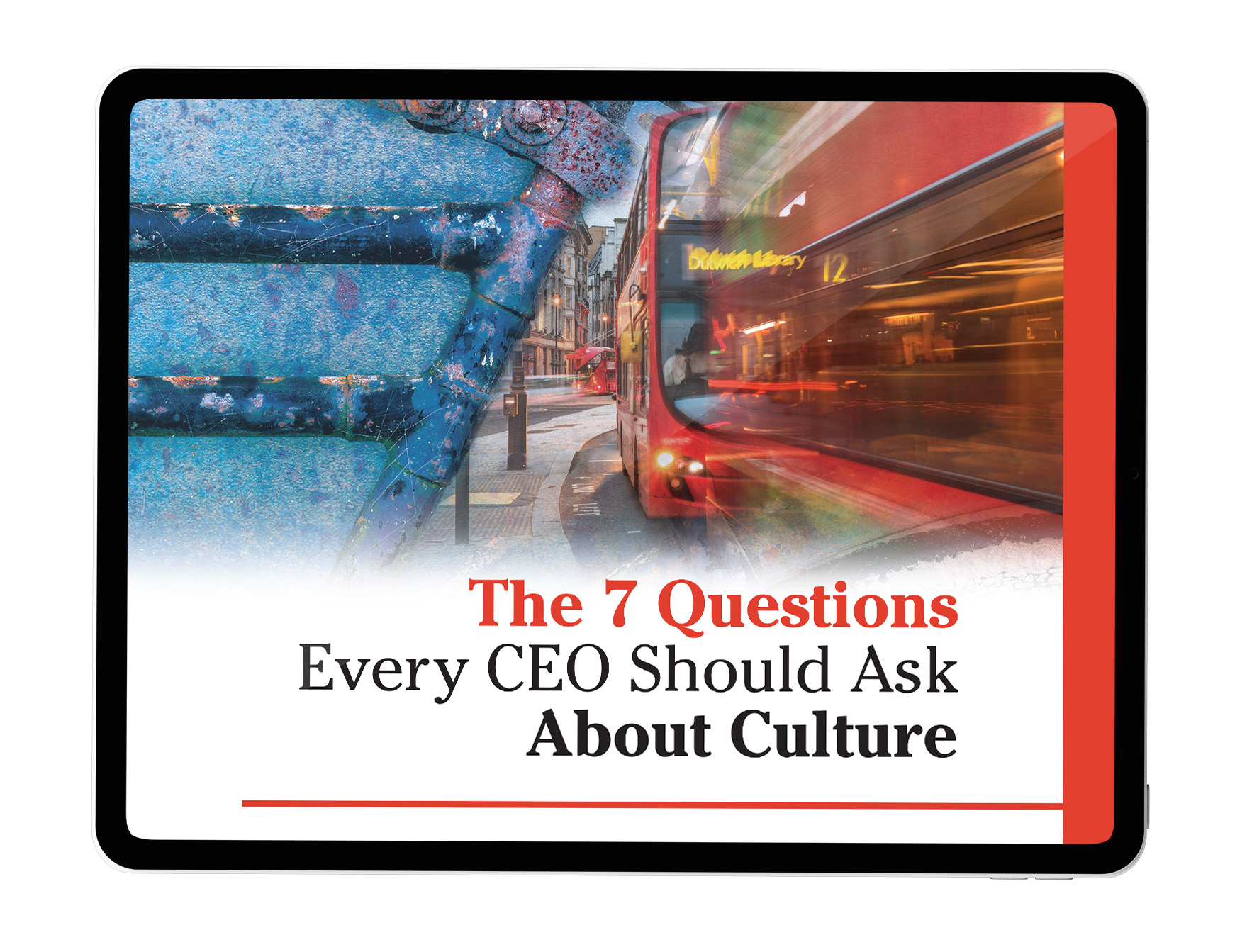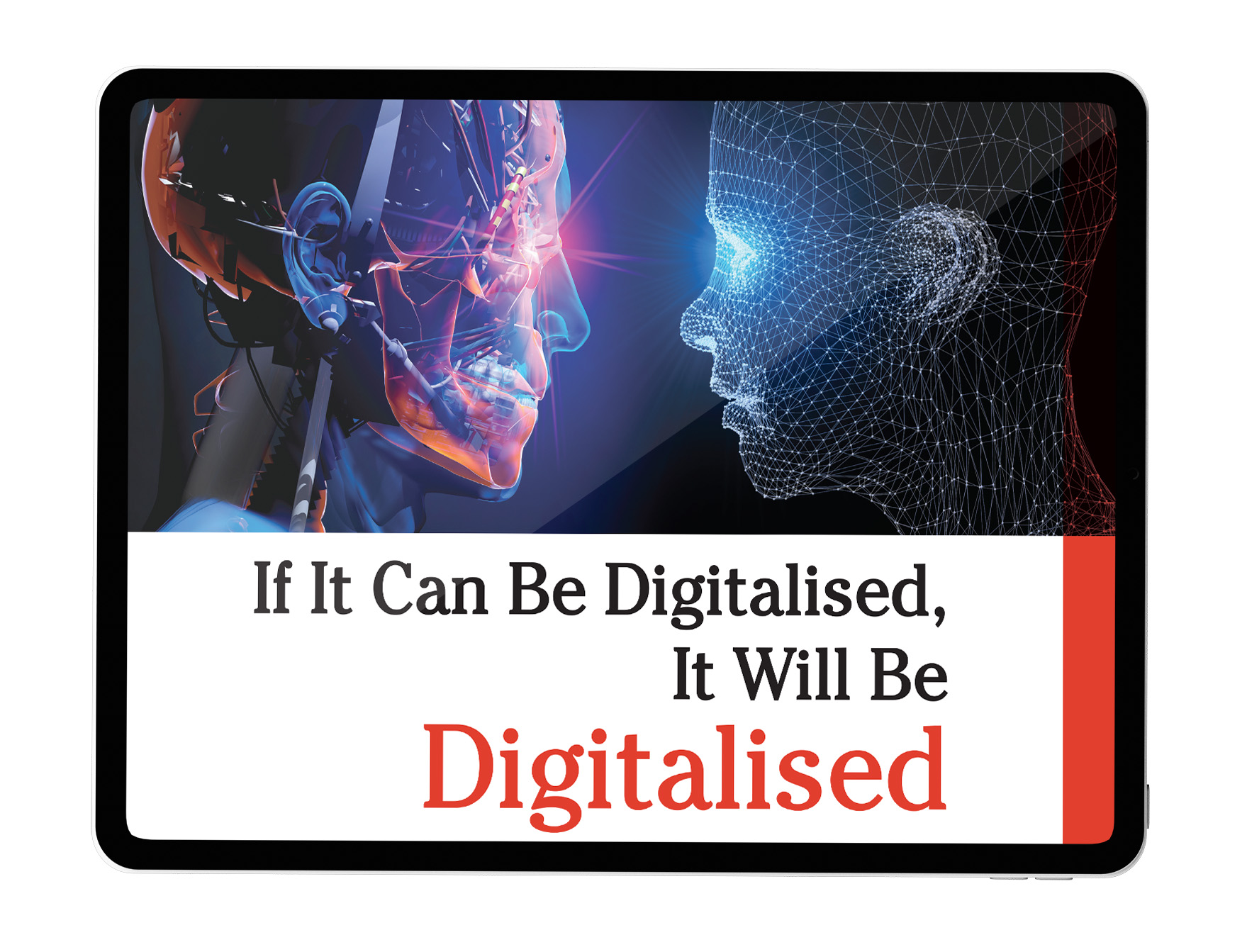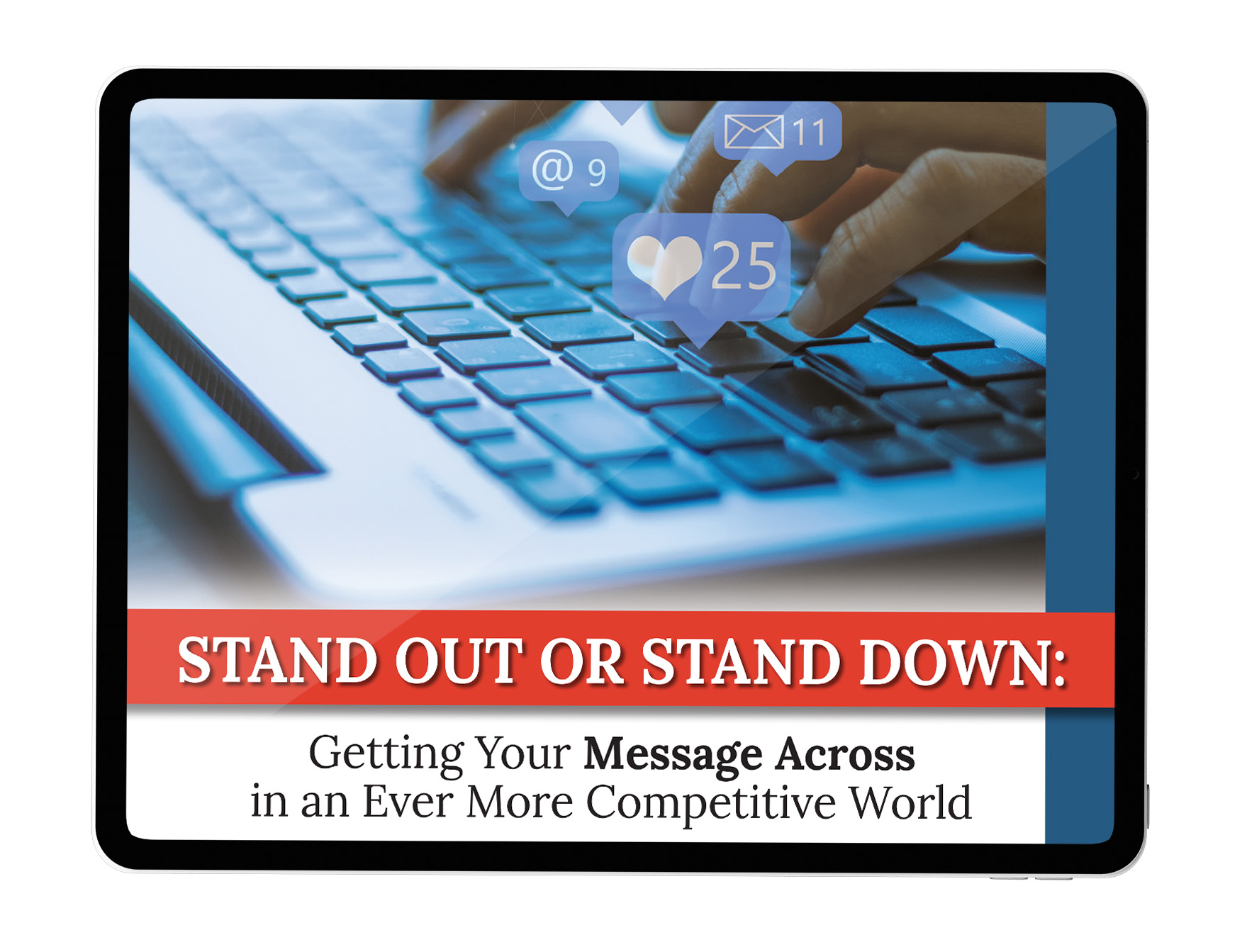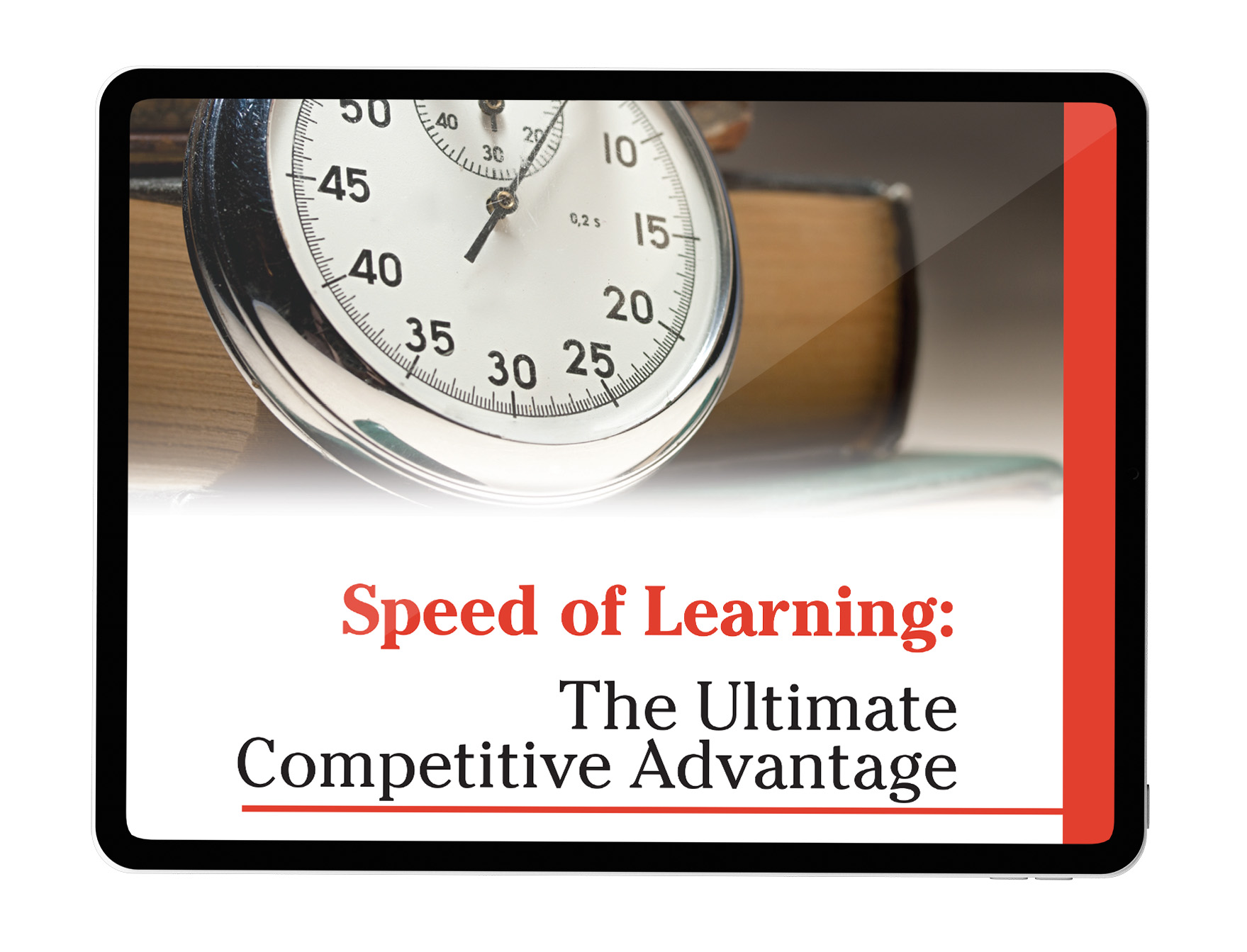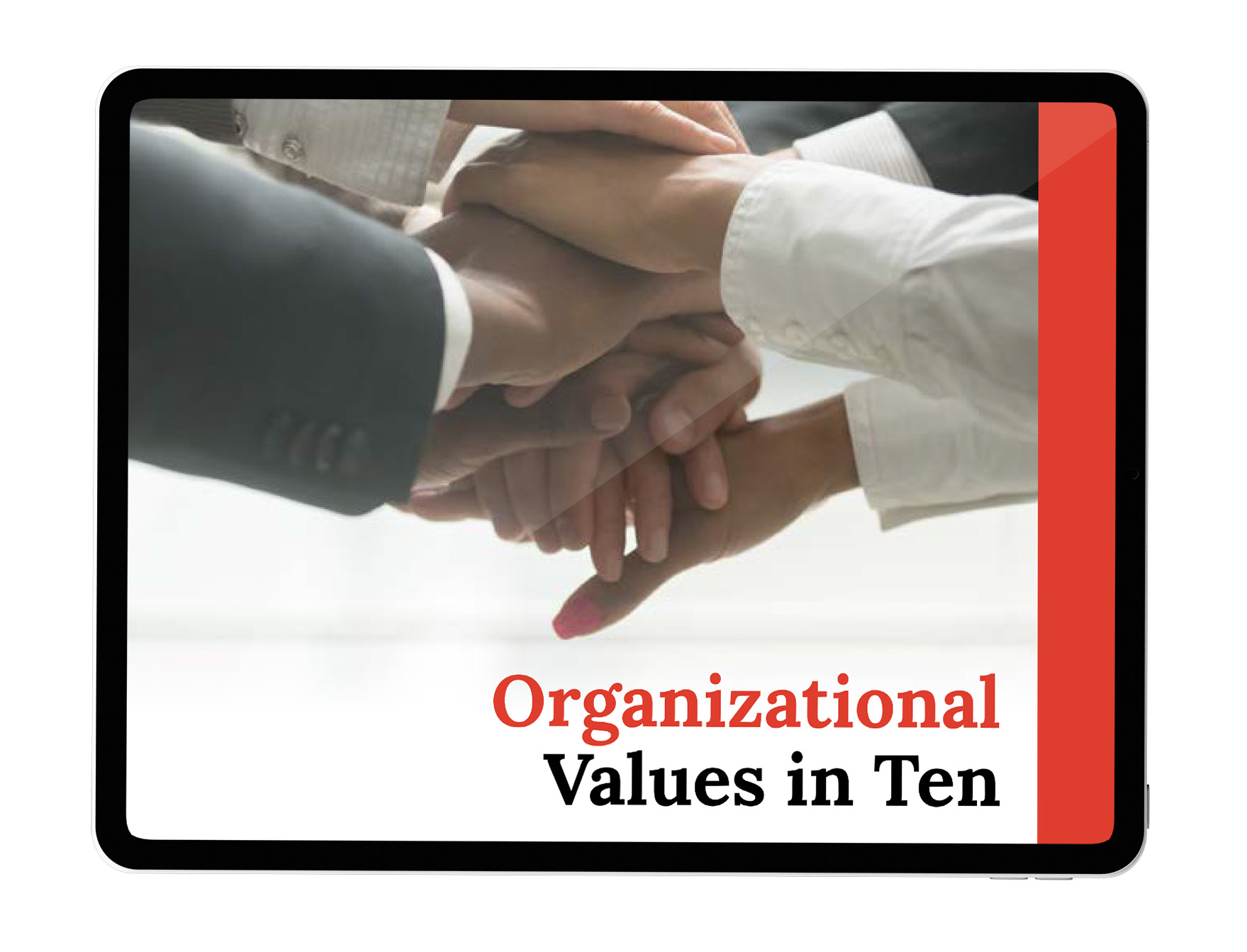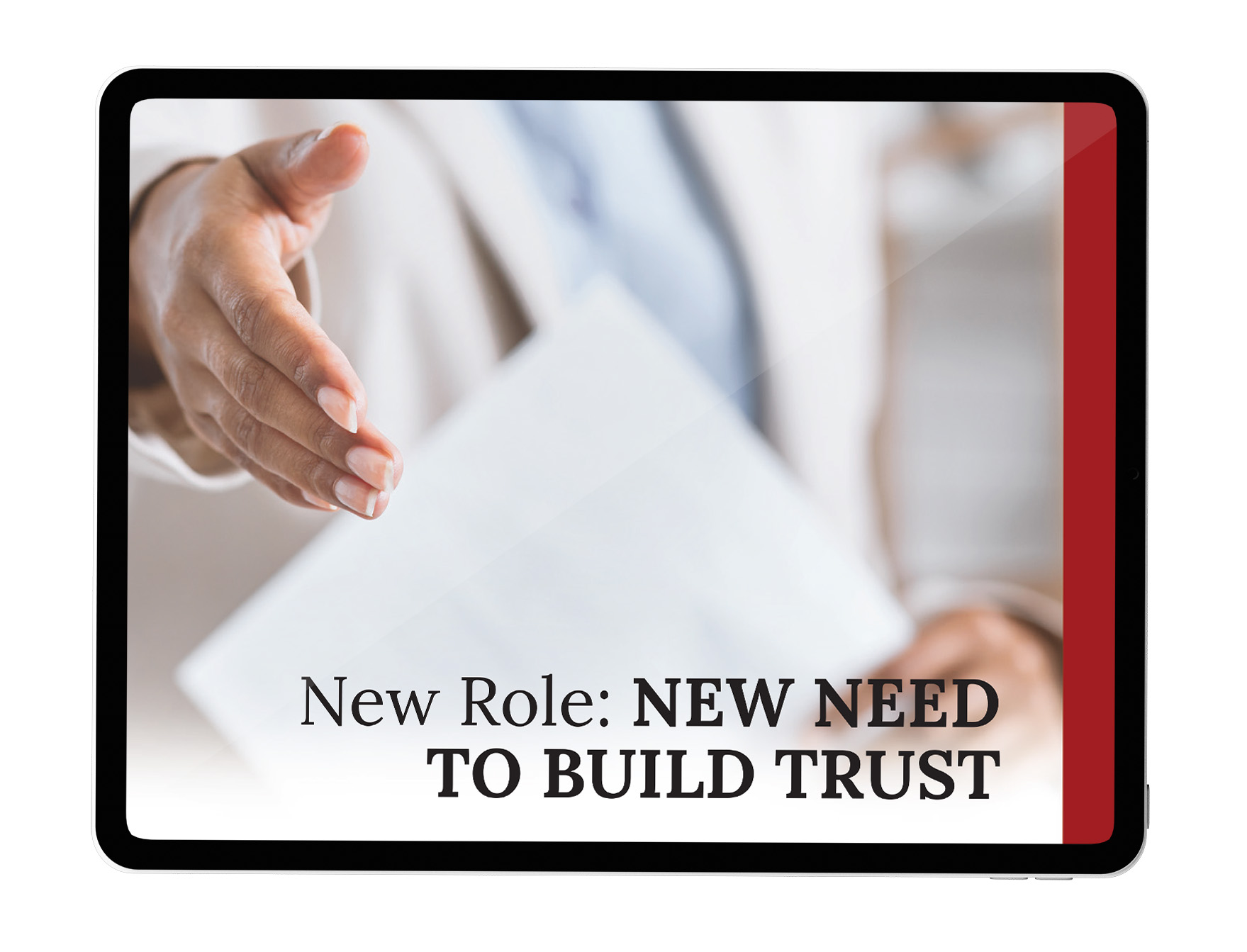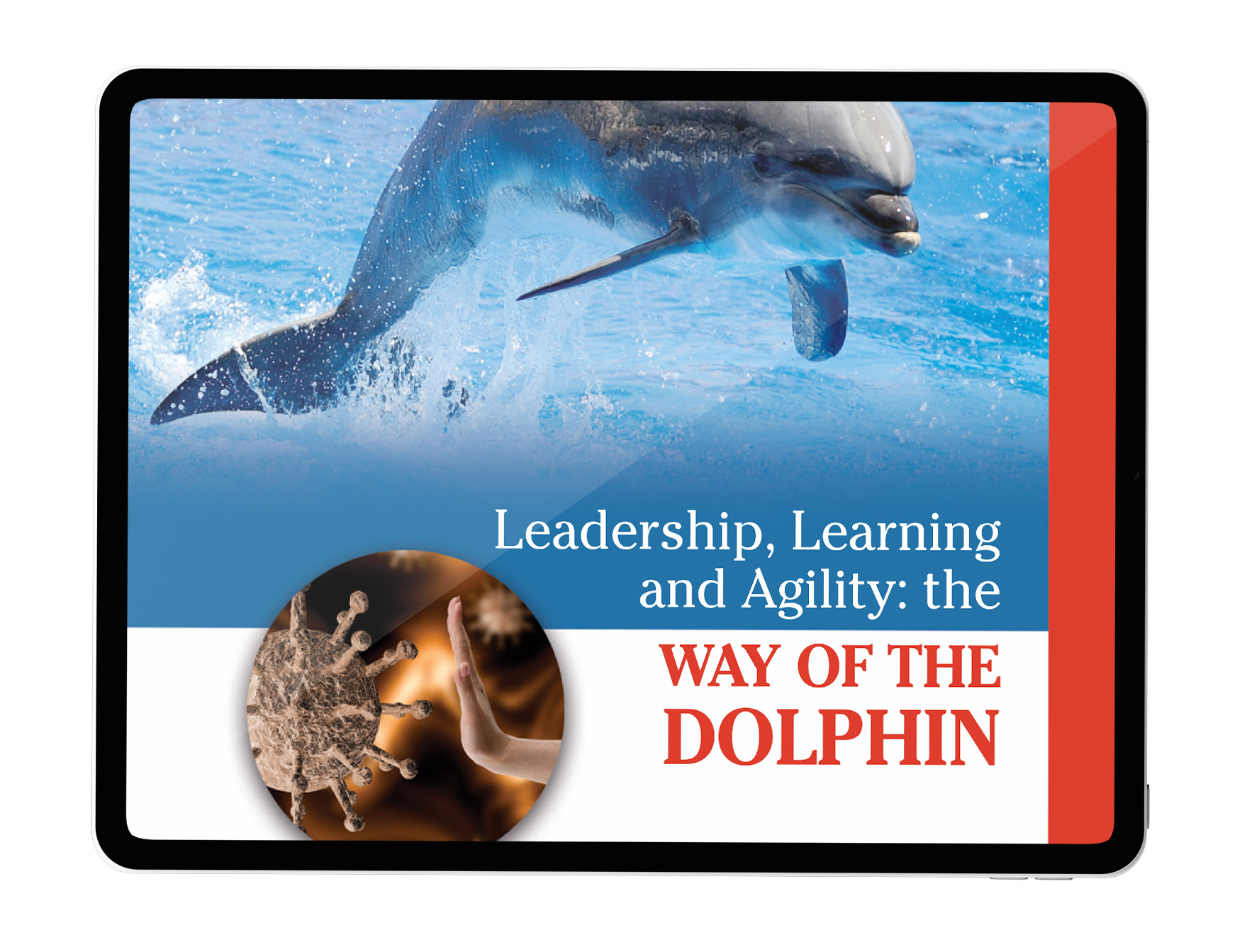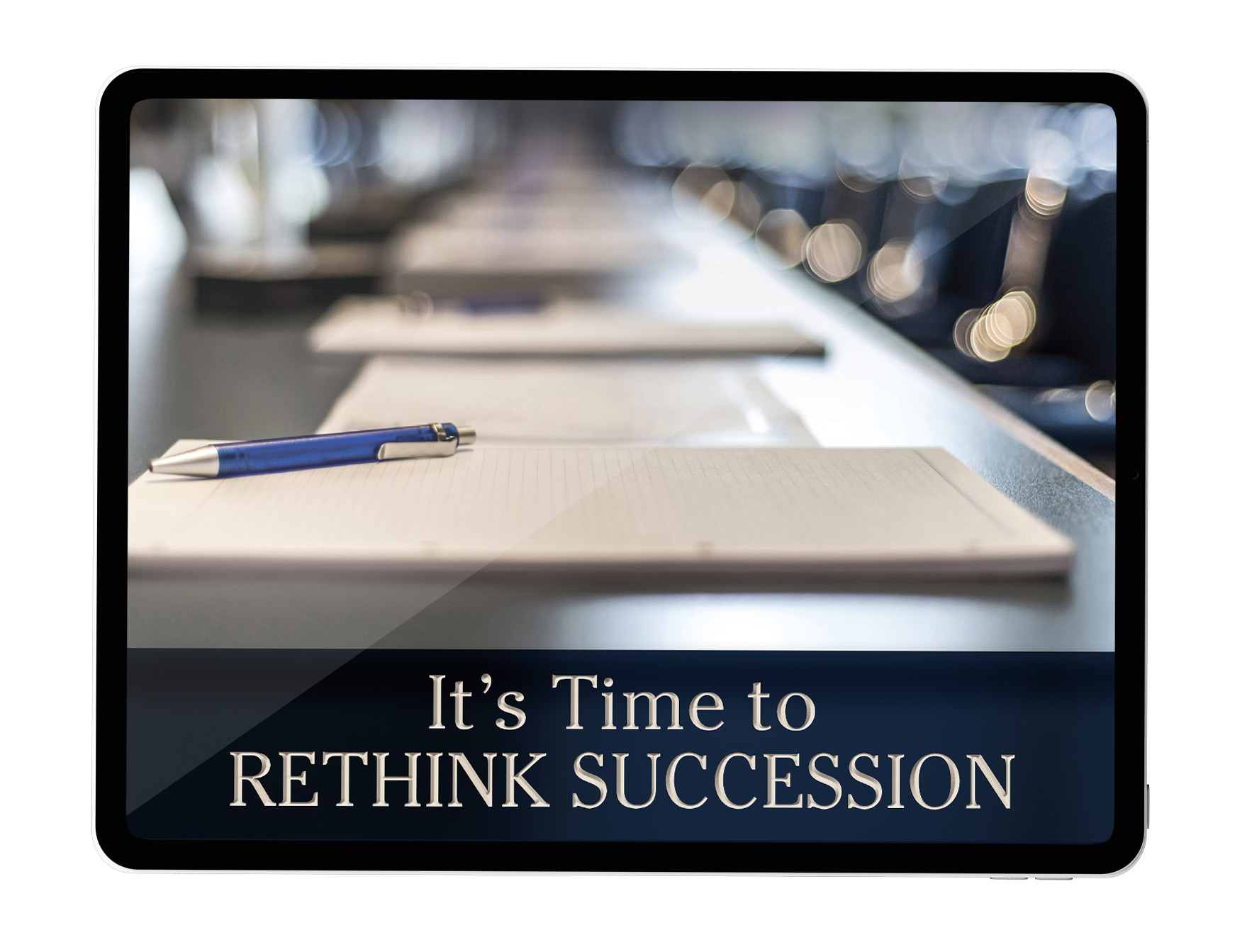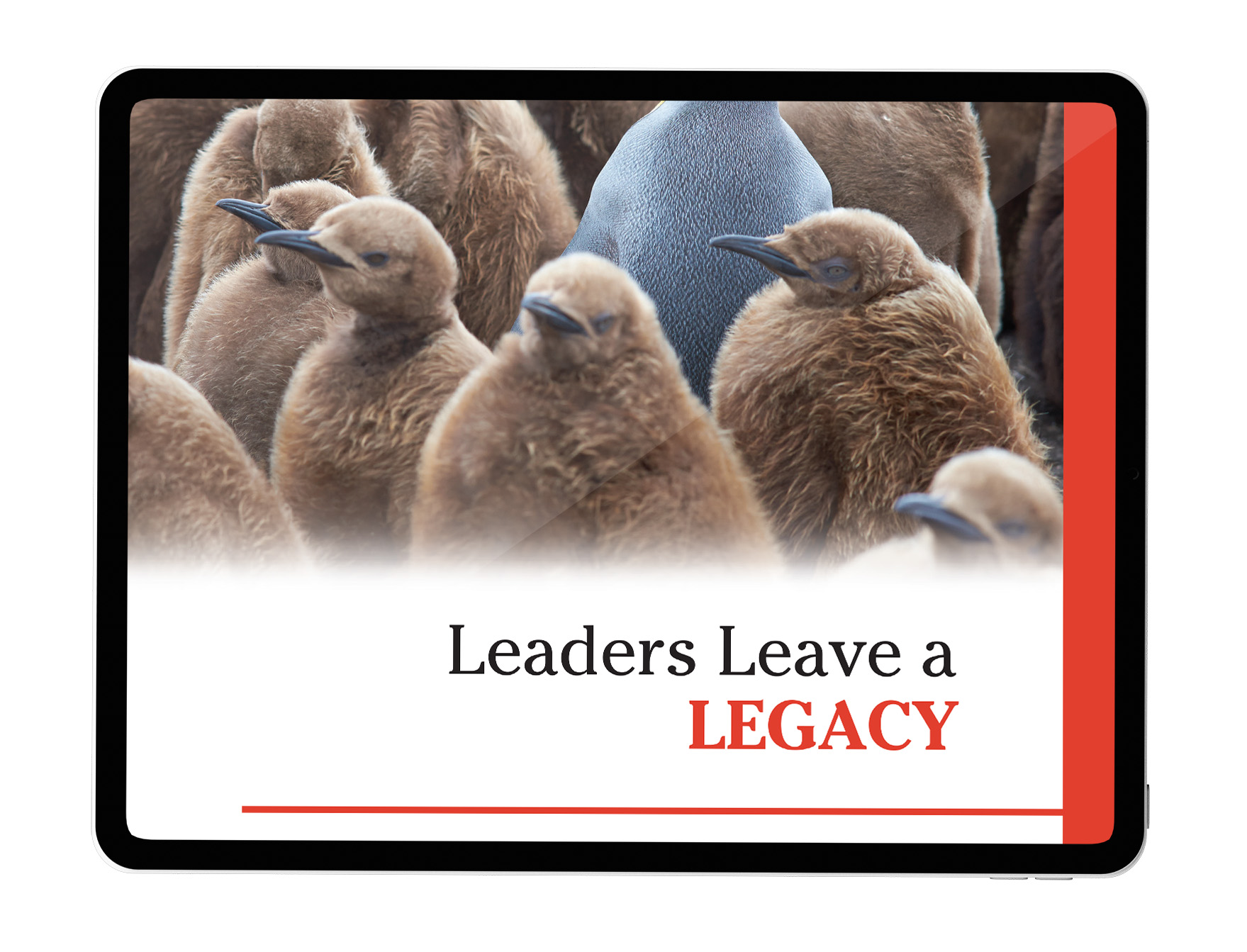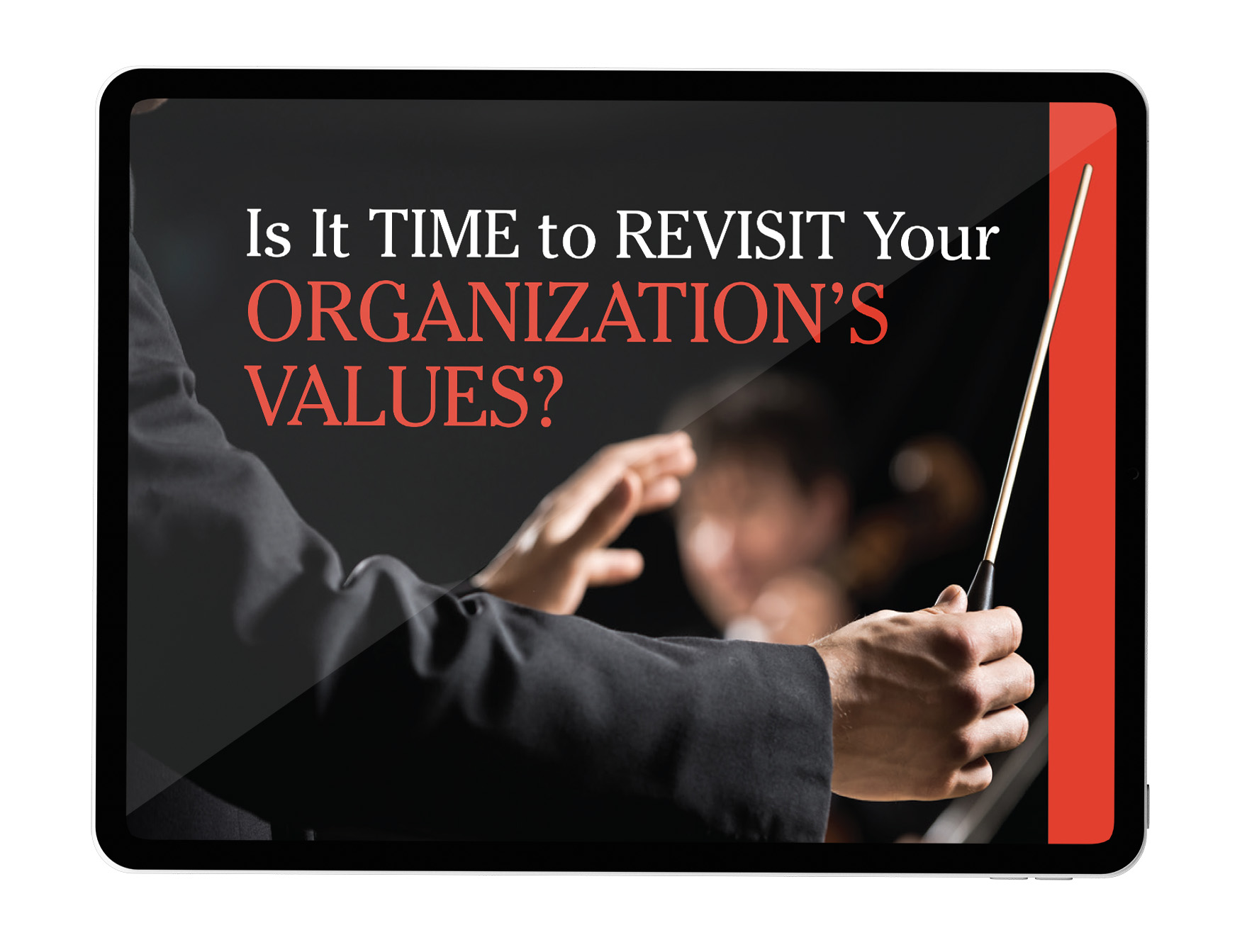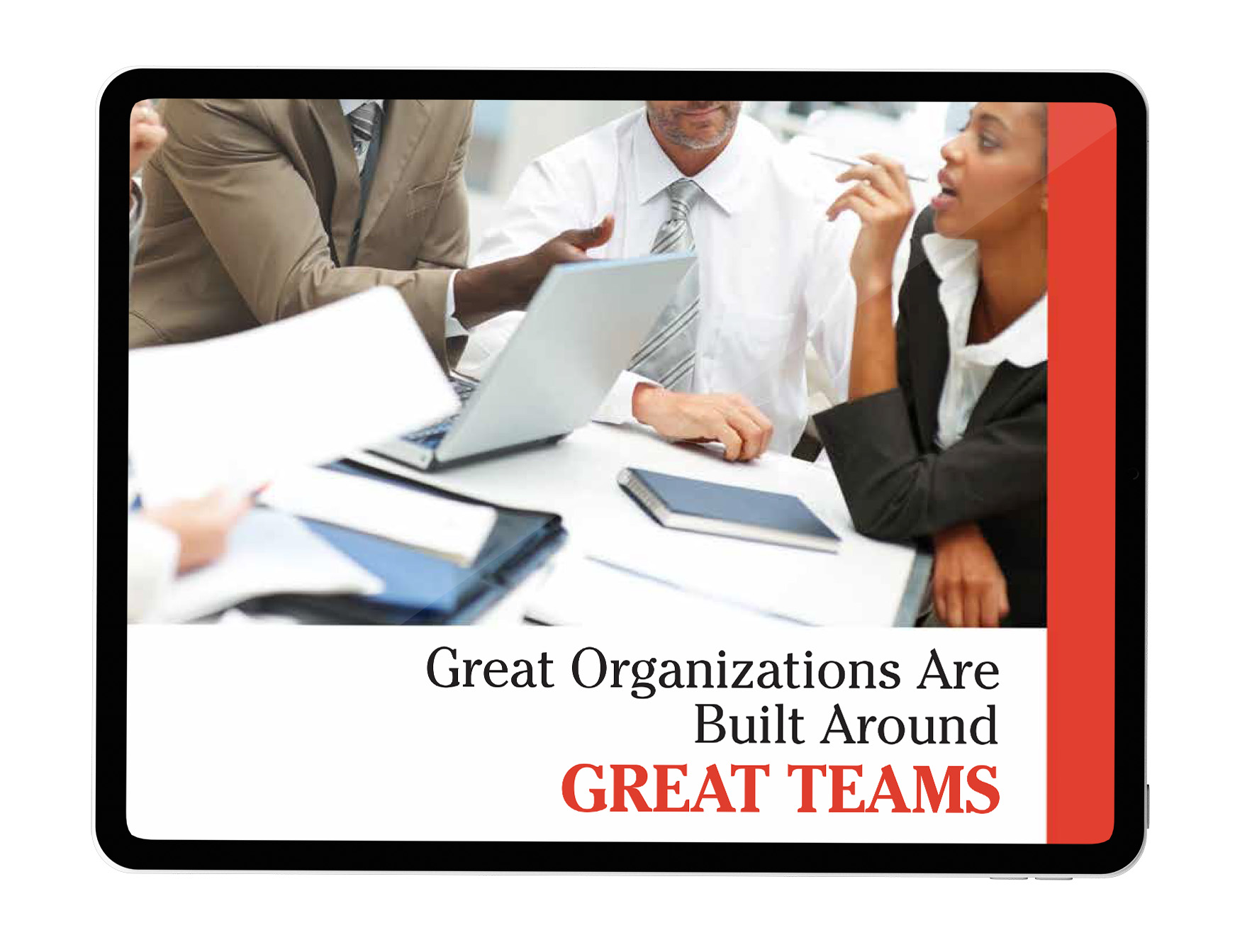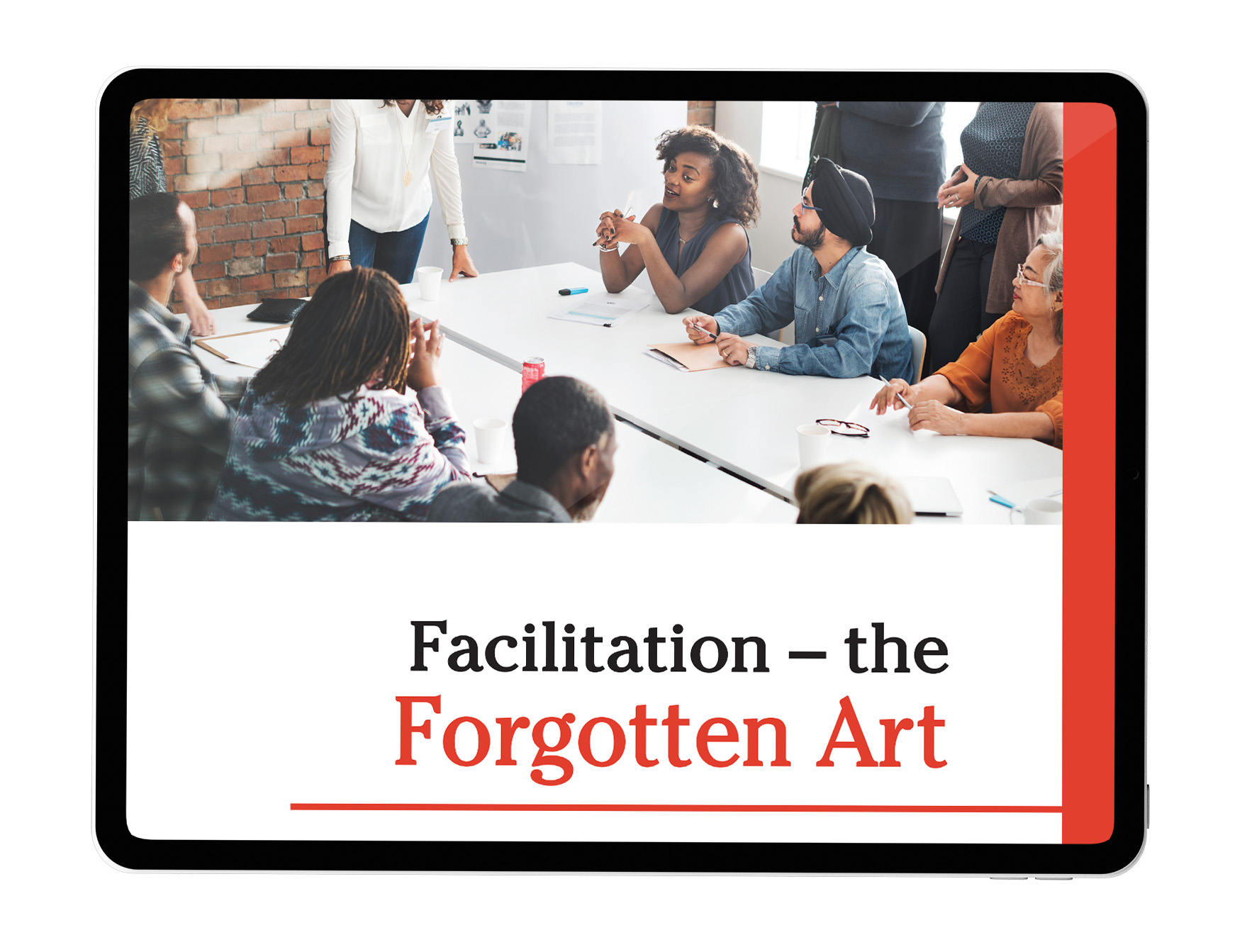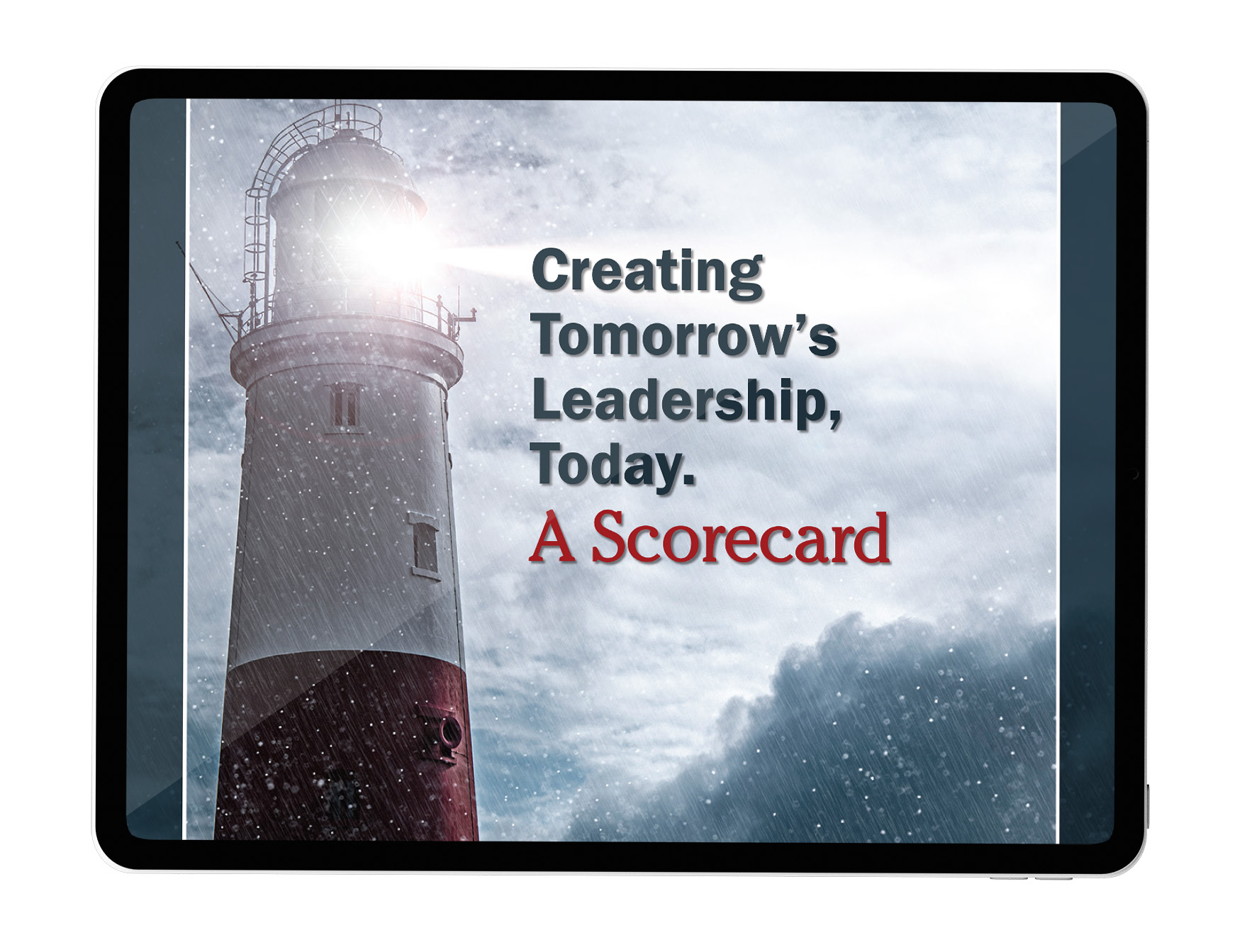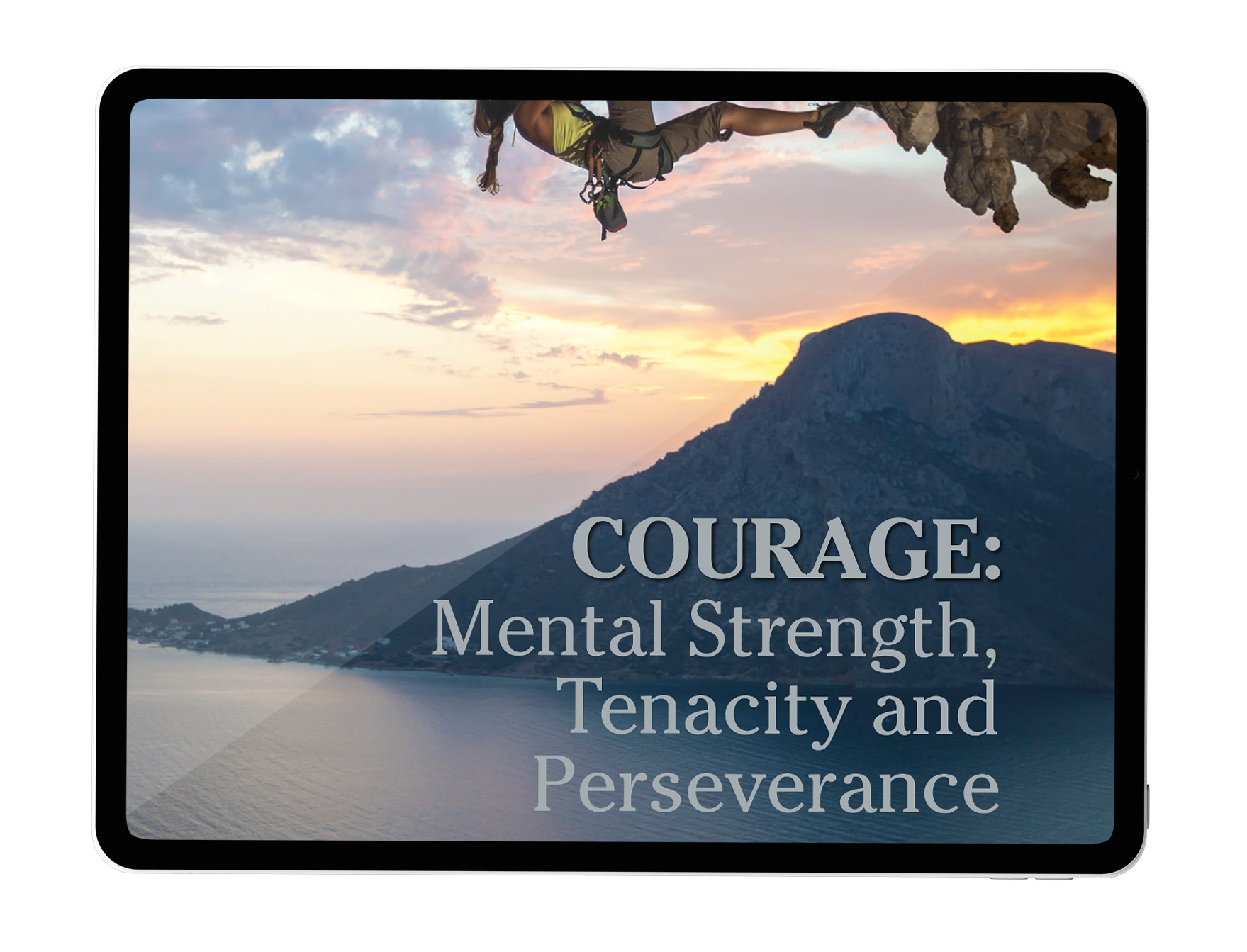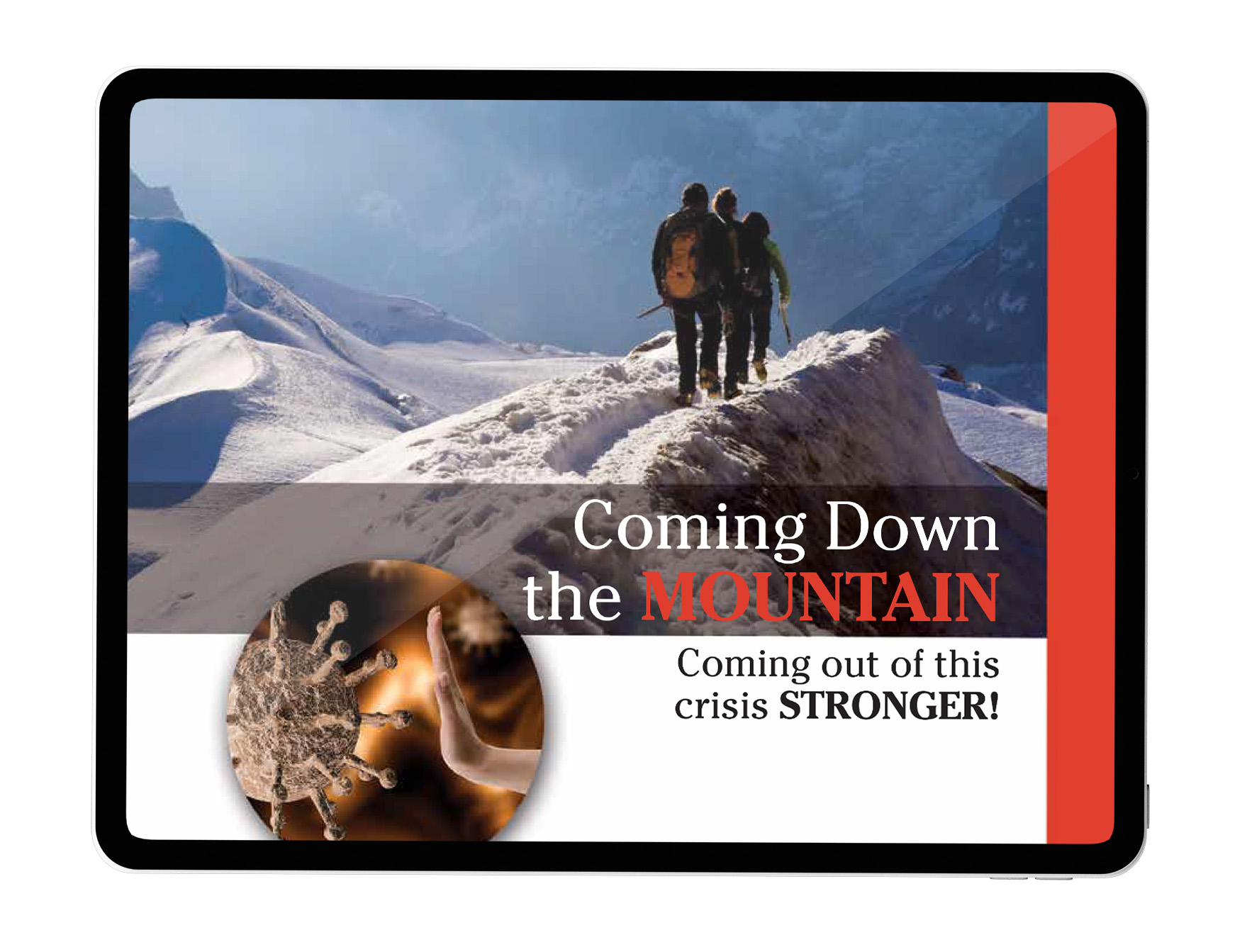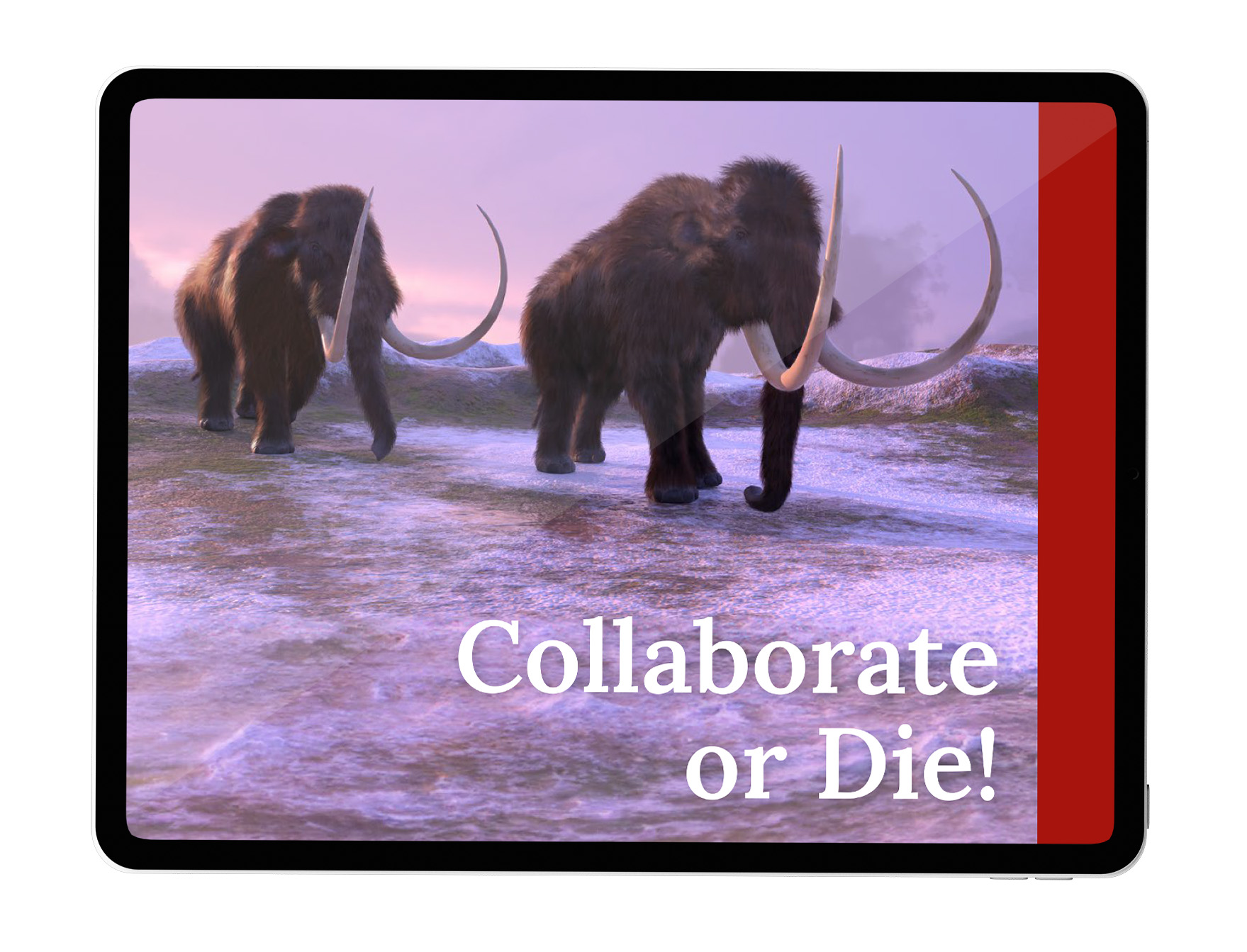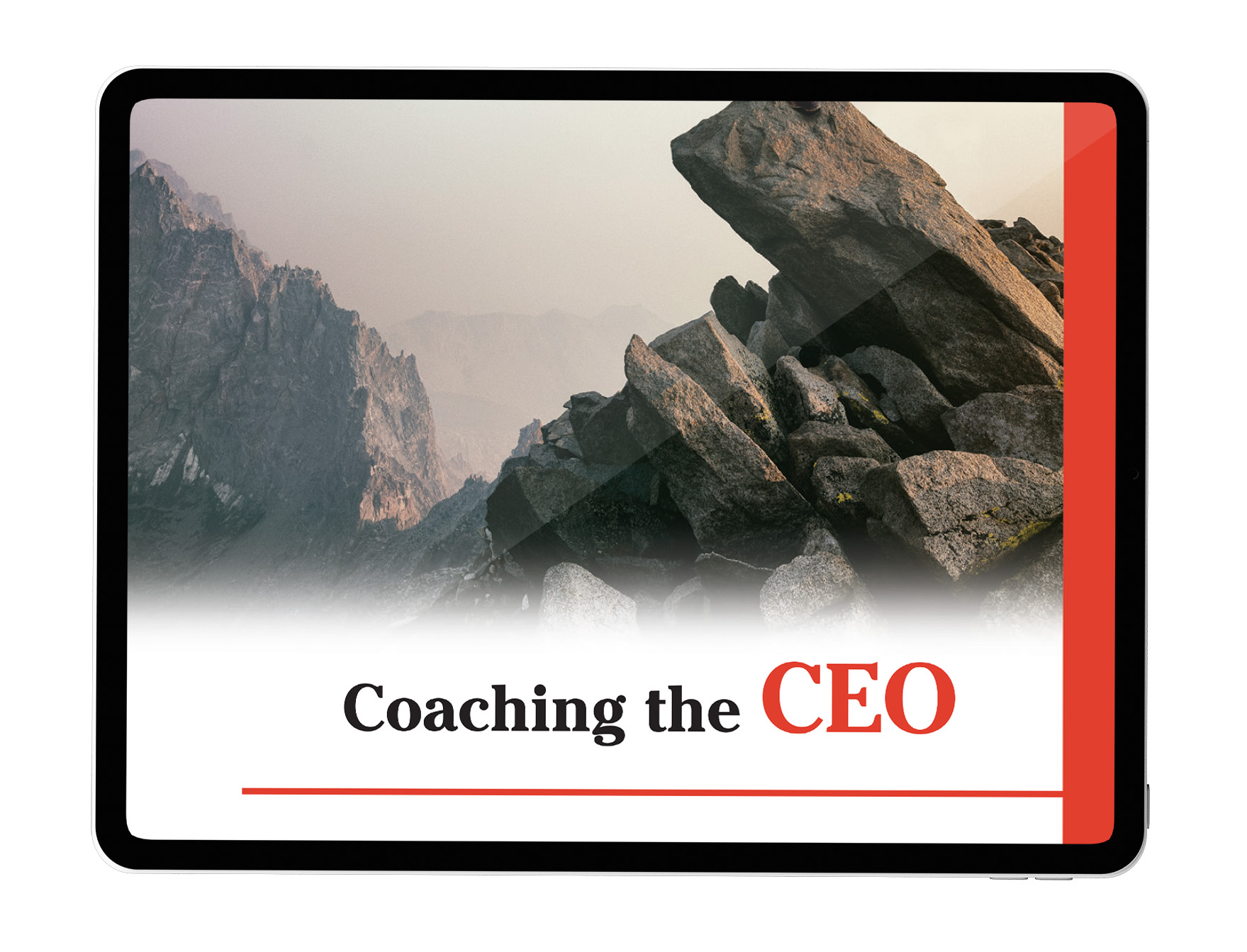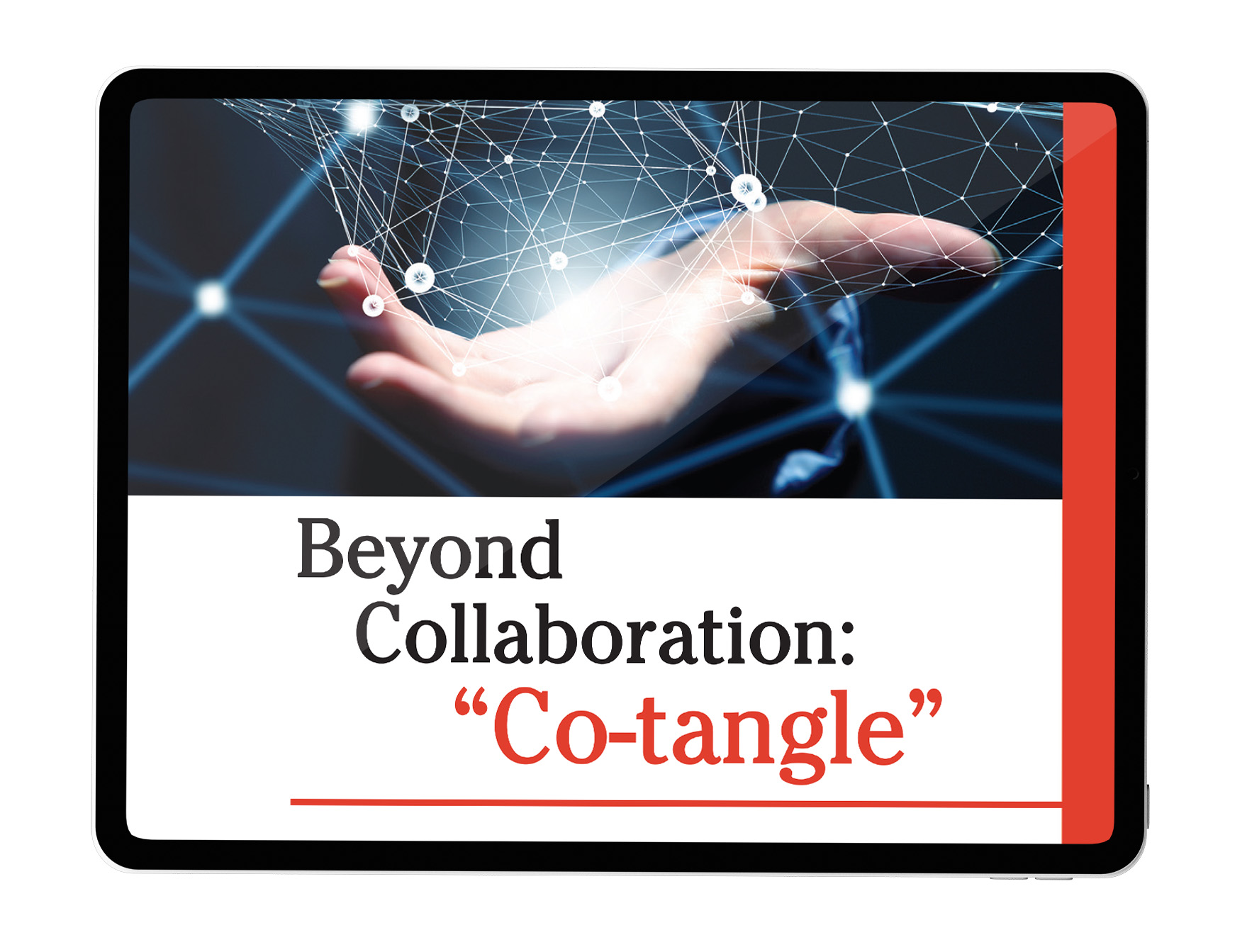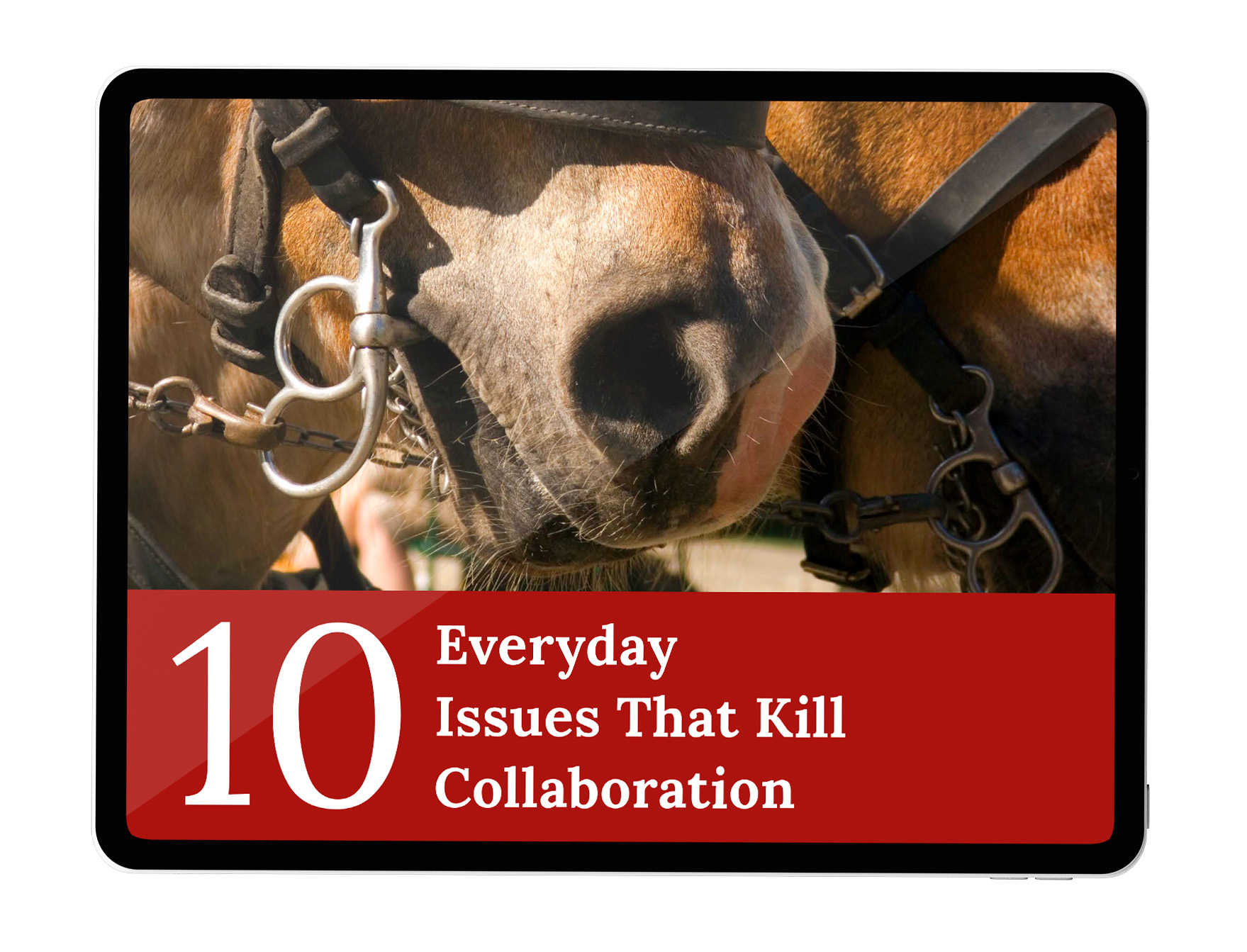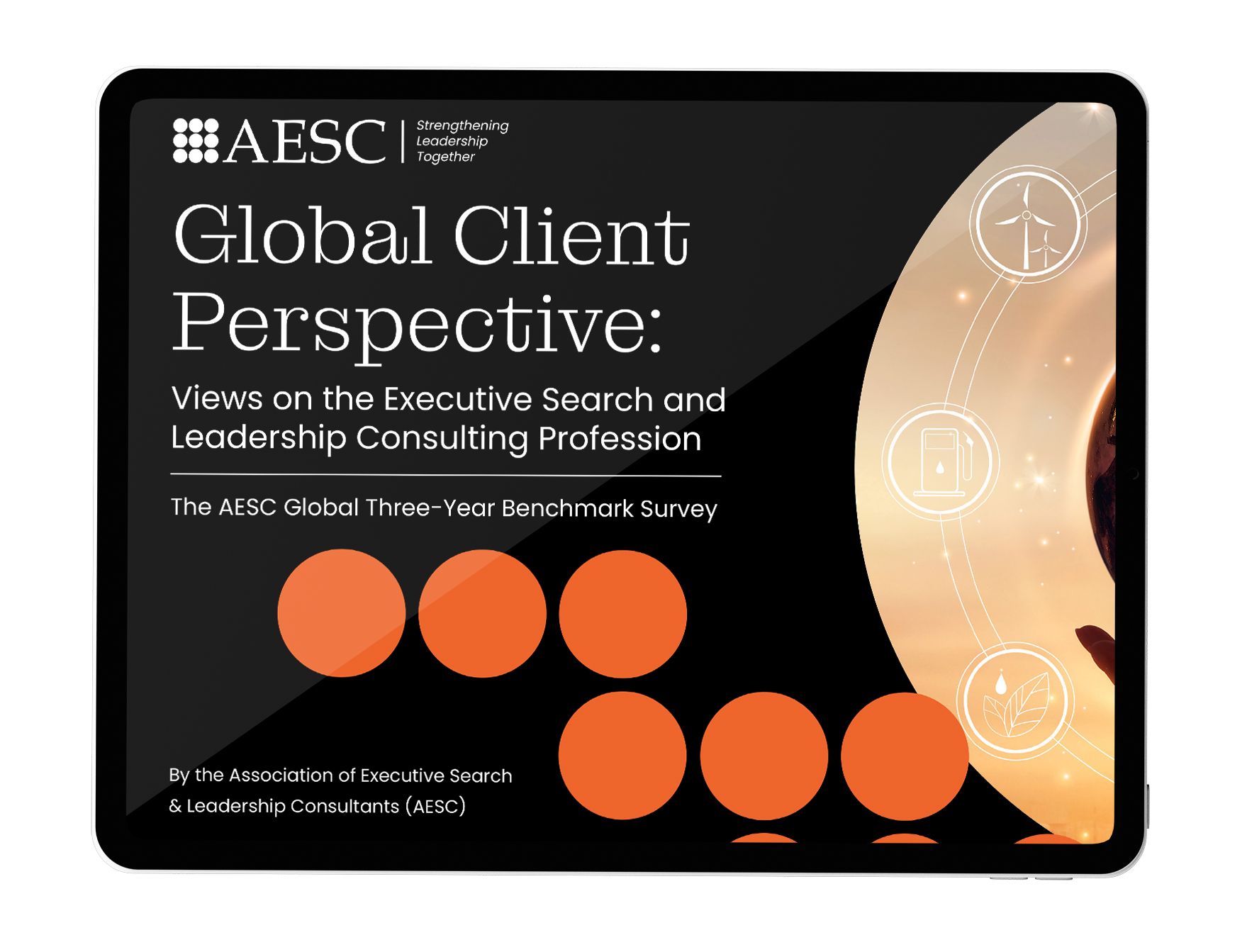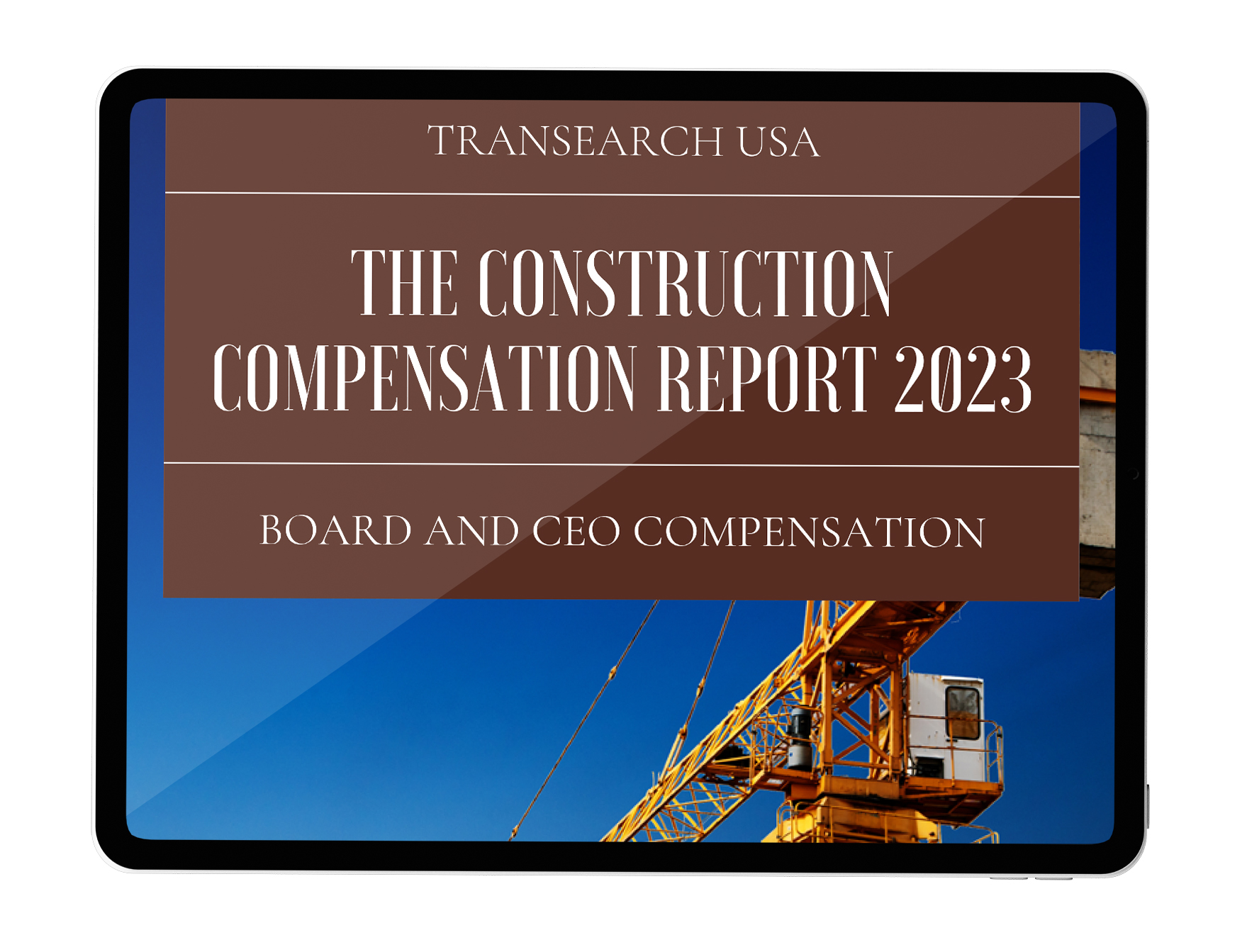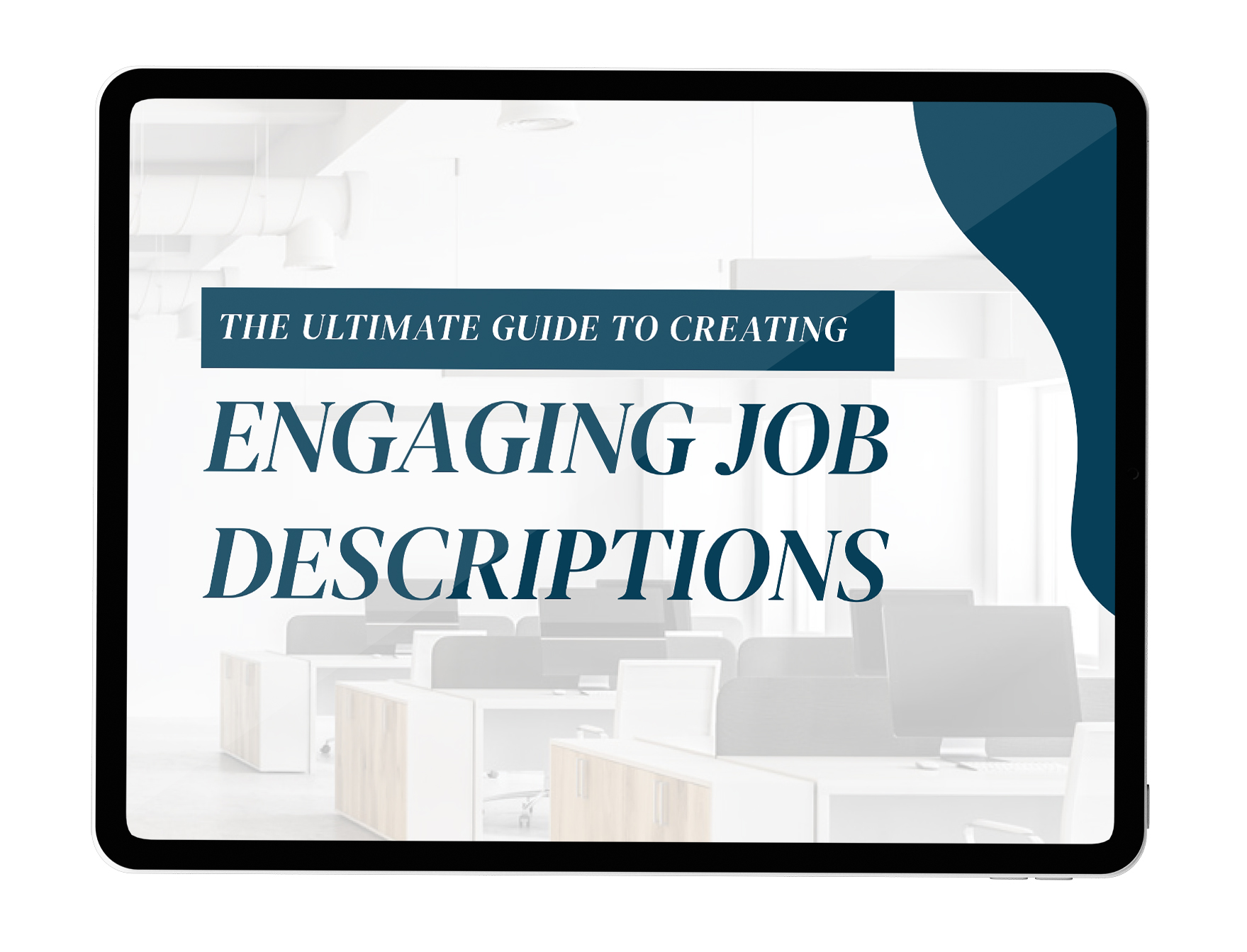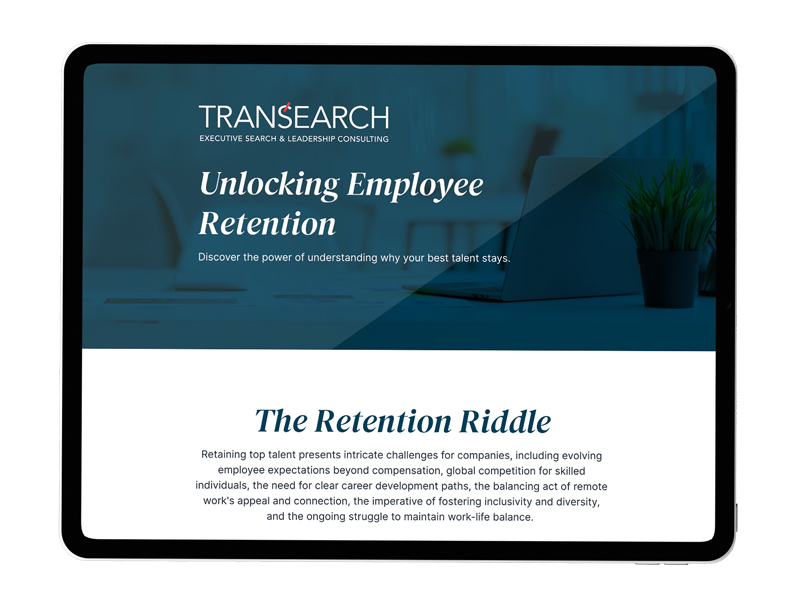Global Leadership Selection with a Commitment to Fairness
For over 40 years, TRANSEARCH has been a global leader in executive search, helping organizations find the right leaders to drive success. With offices worldwide, we understand the value of different perspectives in shaping strong, high-performing teams.
Our Vision
Our Mission
TRANSEARCH is founded on a culture of partnership with a strong focus on excellence.
Our vision is to move beyond what is defined as leadership and talent acquisition.
We are motivated by what is “right” for our clients (and anticipating where they are going) and becoming a yardstick for quality. We are always pushing the envelope to stay ahead of the curve.
Our Promise
In every interaction with TRANSEARCH, our clients know that they are our priority, and they can trust us. They know we are 100% committed to solving their problem(s); listening, understanding, and delivering effective solutions. Our customers know that they will end up with the best possible leader.
We get there with great communication, a carefully executed process, and a personal commitment to building a lasting relationship. We care about our client’s team by attracting leaders who will improve their performance. We work holistically to define their culture, team, and leadership dynamics, ensuring an unparalleled fit. The art and science of attracting outstanding leaders.
Our Values
Courage – We demonstrate our commitment in every interaction.
Certainty – We deliver on our promises.
Clarity – We cut through the complexity to provide a path forward for our clients, candidates, business partners, employees, and vendors.
Constant – We deliver results that make our clients better time after time.
Caring – We bring positive engagement to all our relationships.
Who We Are
We know that the best-performing teams are built on a foundation of trust, collaboration, and respect. That’s why we emphasize finding leaders who contribute to a strong and inclusive workplace, where people are empowered to reach their full potential.
Quality
Our consultants are committed to providing the highest level of service, delivering the utmost expertise and results in the acquisition and development of world-class leadership teams.
As a global member of the AESC (Association of Executive Search Consultants), we are proud to apply the ethics and standards prescribed.
We have implemented these guidelines with our own stringent quality standards and procedures in our everyday working processes and procedures. This way, we can guarantee that each and every one of our offices meets a specific standard of service excellence.
Merely implementing these measures is not enough as we strive for client satisfaction and client loyalty – that is why each of our offices conducts a quality performance review after completing our searches. The results are published annually. We are proud that more than three-quarters of our clients have indicated that they will use our services again and have given us the highest rating in our surveys.
Our Story
We founded TRANSEARCH to make a difference for our clients. When we get it right, our clients are thrilled with the extraordinary results, and our positive impact energizes us. With every waking breath, think about how people will lead, interact, and respond to challenges. Every search assignment is a chance for us to improve the world. We do this because we care about leaving a legacy.
TRANSEARCH exists to solve business challenges that involve or are caused by people. Often those problems stem from the wrong people in critical roles, and we help companies fix these errors.
We are masters of the art and science of attracting leaders who deliver results. We are authentic, transparent, and communicative. We care about people and their success. We care about the relationship between people and the organizations they join. Our energy and passion flow from imagining the absolute best possible person. We leave room for our clients and candidates to choose who they want to be and who their best self is. We believe that it must work for both the client and the candidate for us to “Get it right.”
To thrive in executive search, it requires honesty, transparency, and clarity. Our team is empowered to enlighten clients and candidates about career moves’ rigors, challenges, opportunities, and pitfalls. We challenge companies and candidates to be their best and commit to a clear path forward.
Companies choose TRANSEARCH because they need a trusted partner when making strategic leadership decisions. Our clients are decisive, strategic, and data-driven. They are imaginative, open-minded, and want to improve. We pursue clients attuned to the changing world and willing to evolve with it. They are committed to “Getting it right” and follow strategies that set them apart from their peers. Our clients recognize the importance of high-performing teams and the critical role that leaders play in building them.
For TRANSEARCH to “Get it right,” our team needs to understand culture, team, leadership, and performance, and we bring all these ideas into the mix when evaluating fit. Our team goes the extra mile to understand individuals and their values, motivations, and attitudes on both sides of the hiring equation. Our clients and candidates are our partners, and we are committed to their success.
We believe in an organized process, evaluating alternatives, defining objectives, and delivering superior outcomes. Our ORXESTRA® process establishes a framework for analysis, enabling us to assess the individual characteristics of our client’s organization systematically. As we define the culture, team, and leadership criteria of the desired person, we learn a tremendous amount about the hiring team and build more meaningful relationships.
Our structure allows us to deliver a superior leader with precision and clarity consistently. Finally, our team leaders are experts in specific market sectors. They understand their client organizations and the people in the industries they represent. They speak the language and have the contacts to accurately assess the people best suited to thrive in their client’s organization.
The TRANSEARCH Charters
Partnering for Success
Our rigorous search process is designed to eliminate bias, broaden access to top-tier talent, and ensure that every candidate is considered based on their skills, capabilities, and leadership potential. By focusing on what truly matters—competence, integrity, and alignment with company culture—we help organizations achieve their strategic goals with confidence.
Association of Executive Search and Leadership Consultants
TRANSEARCH is a proud, vetted member of the worldwide Association of Executive Search and Leadership Consultants (AESC) and adheres to the AESC Code of Professional Practice.
Minimizing risk and maximizing opportunity is critical for every business today. That’s why AESC Members play an important role in today’s organizations.
AESC is the professional association for consultants who represent exemplary standards in executive search and leadership advisory worldwide. Since 1959, AESC has set the standard for quality and ethics in executive search and leadership consulting across the globe. AESC’s founders include the fore-bearers of some of today’s most successful executive search and leadership advisory firms. AESC Members range in size from large global firms and networks to boutique firms spanning more than 70 countries.
Because AESC Members must commit and adhere to the AESC’s industry and government-recognized Code of Professional Practice, client organizations worldwide can be assured that AESC Members are able to serve as trusted advisors for their most important engagements.
As business leaders worldwide seek solutions to their biggest organizational challenges to date – from attracting and retaining top talent and developing tomorrow’s successors to actualizing enterprise-wide digital transformation – they increasingly turn to trusted advisors to achieve a competitive advantage in their industries.
Why work with an AESC Member? Click here to learn more.

